Common-Works 5.4
Munich
2020
As an ongoing edition-based performance project Common-Works deals with the development of collective, semi-improvised movement practices that aim to re-locate notions of discourse and representation within collectively experienced intensities such as flow, embodiment, notions of becoming and collective trance.
The score-edition was live-recorded on Thursday 10nd December 2020 at Schwere Reiter Theater, Munich (DE)
In collaboration with Cecilia Bartolino (IT) 、Raphaela Baumgartner (DE)、Francesca Coppola (IT)、Erica D’Amico (IT) 、Marie Höhne (DE)、Alexandra Paal (DE)、Emmanuelle Rizzo (IT) 、Andrea Scarfi (IT) and Sabina Salander (DE)
Concept Timothy Nouzak Thanks to Marlene Gotschlich (DE) and Kathrin Knöpfle (DE)
Supported by Tanztendenz München e.V., Schwere Reiter Theater, Projektraum Streitfeld and WEMOVE.
Munich
2020
As an ongoing edition-based performance project Common-Works deals with the development of collective, semi-improvised movement practices that aim to re-locate notions of discourse and representation within collectively experienced intensities such as flow, embodiment, notions of becoming and collective trance.
The score-edition was live-recorded on Thursday 10nd December 2020 at Schwere Reiter Theater, Munich (DE)
In collaboration with Cecilia Bartolino (IT) 、Raphaela Baumgartner (DE)、Francesca Coppola (IT)、Erica D’Amico (IT) 、Marie Höhne (DE)、Alexandra Paal (DE)、Emmanuelle Rizzo (IT) 、Andrea Scarfi (IT) and Sabina Salander (DE)
Concept Timothy Nouzak Thanks to Marlene Gotschlich (DE) and Kathrin Knöpfle (DE)
Supported by Tanztendenz München e.V., Schwere Reiter Theater, Projektraum Streitfeld and WEMOVE.
Memory is always at stake both in the reception as well as in the enactment of choreographic movement: When you watch someone move, you always watch someone that has established codes for you to decipher. The current edition strives to look for new ways how meaning can arise by subverting rational conceptions and going for the embodied-affective. Space thereby seems to attain a political body, as the spaces in-between the collective are constantly re-negotiated, re-questioned and re-purposed.
What does poetics and politics of space, in an abstract as well as concrete-physical sense, mean in our current challenging times?
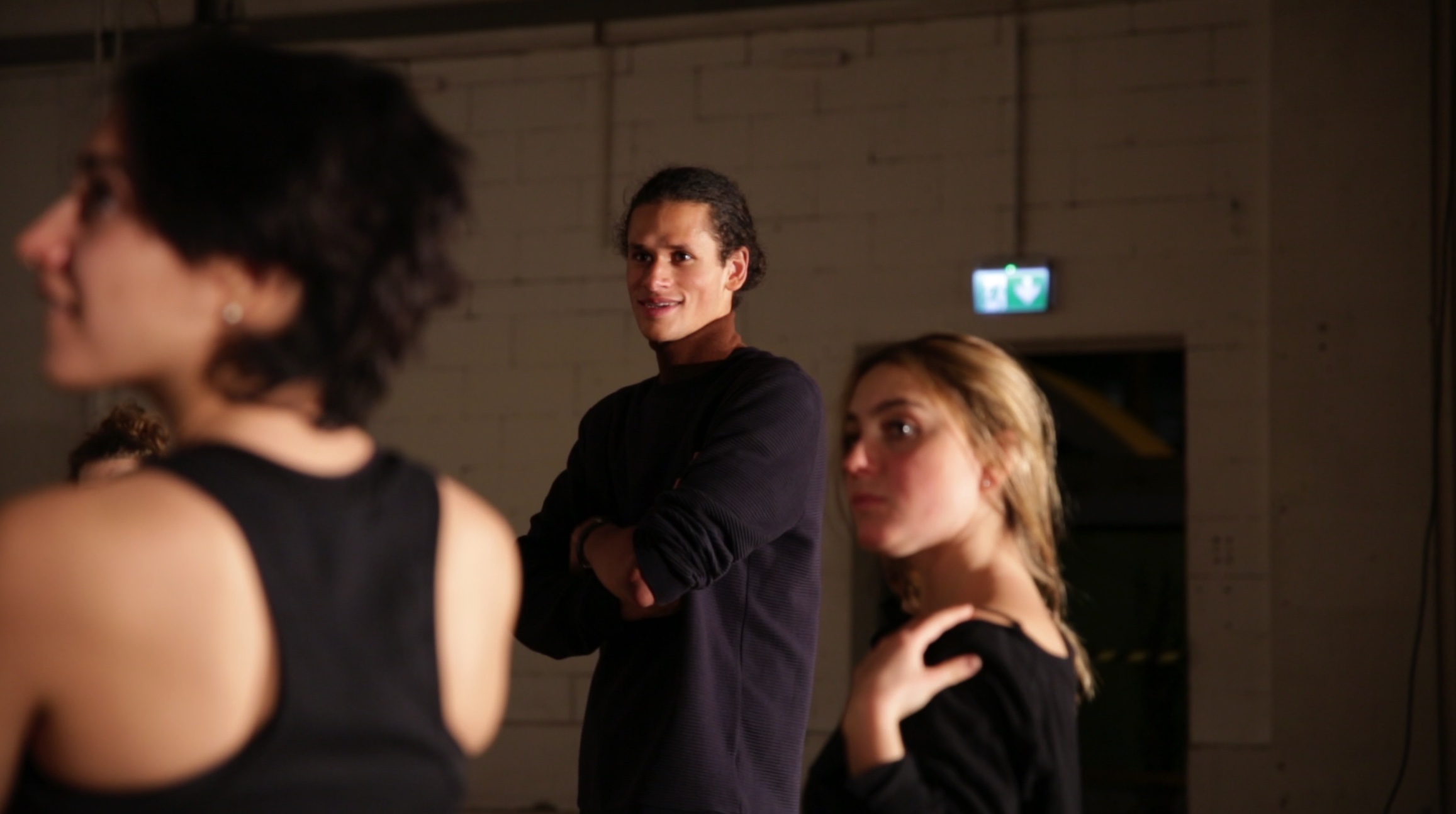
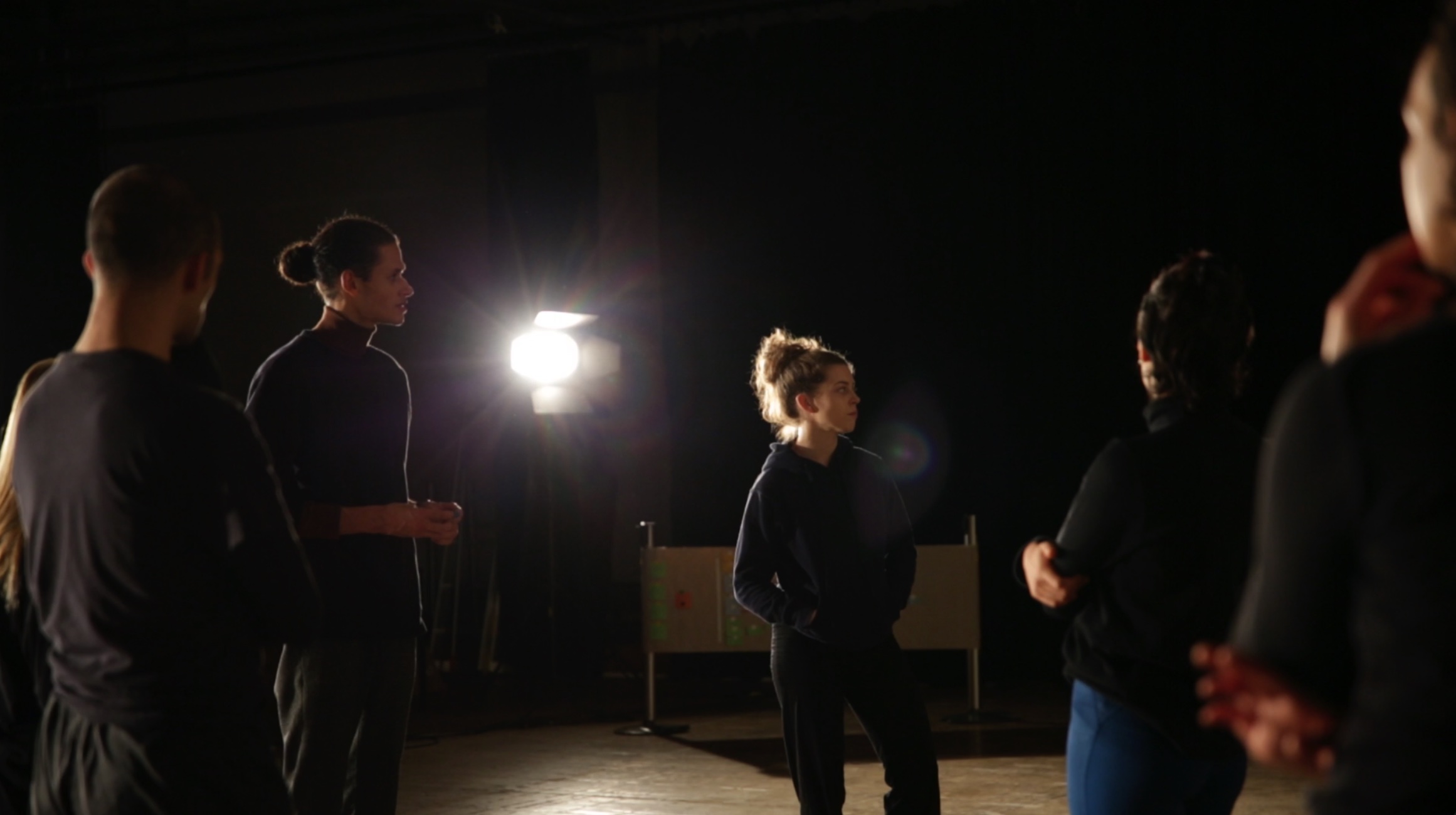
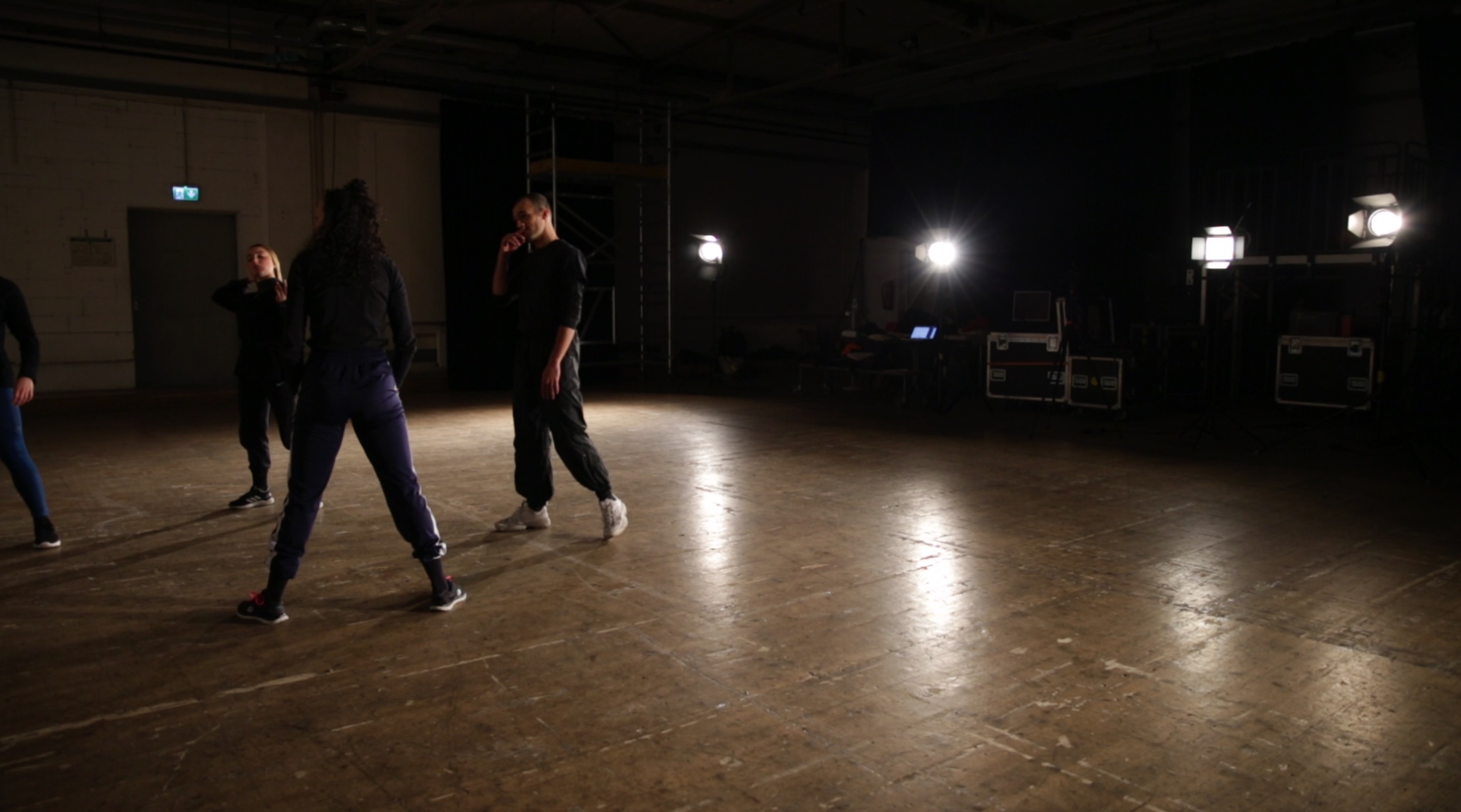


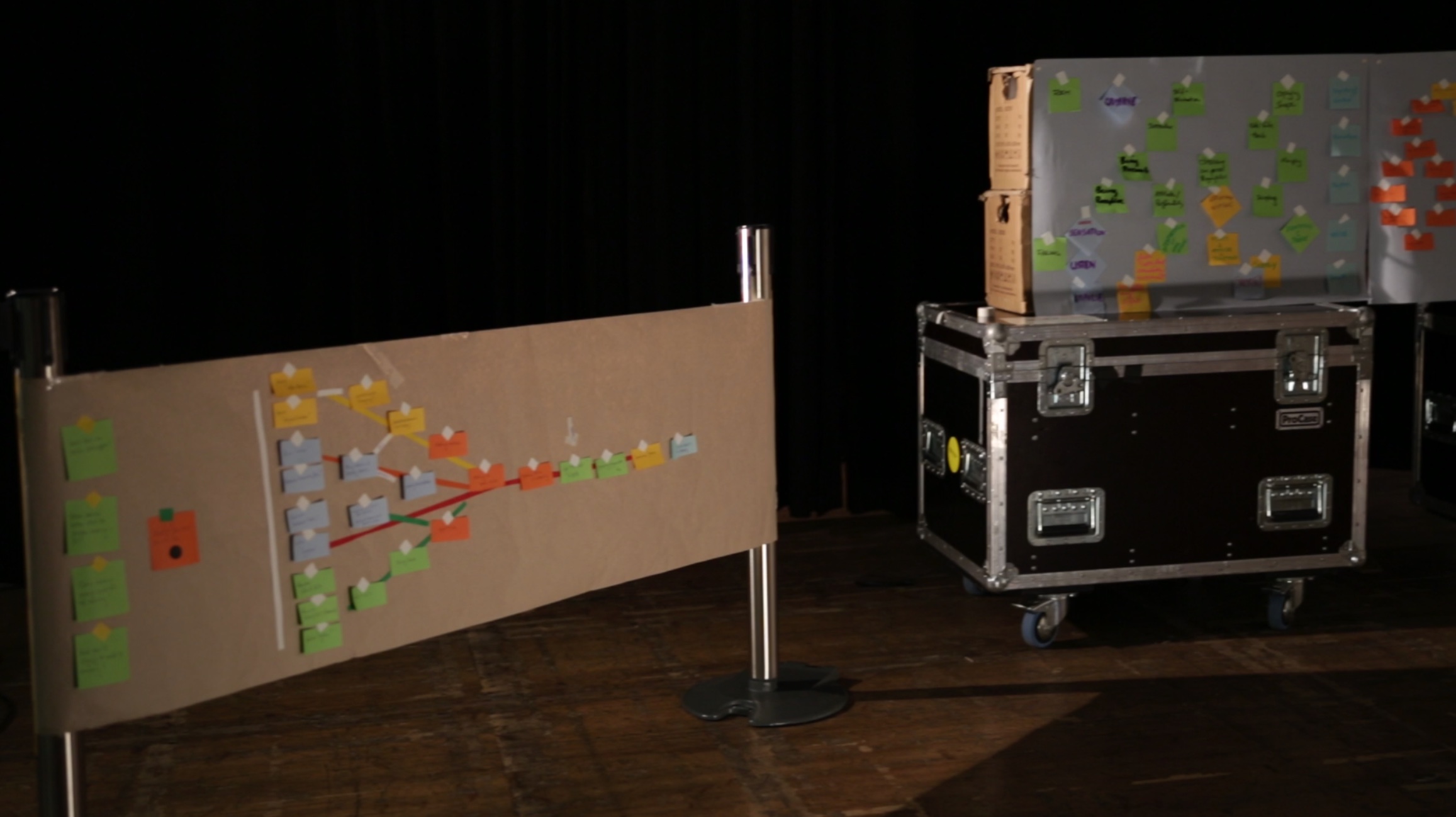
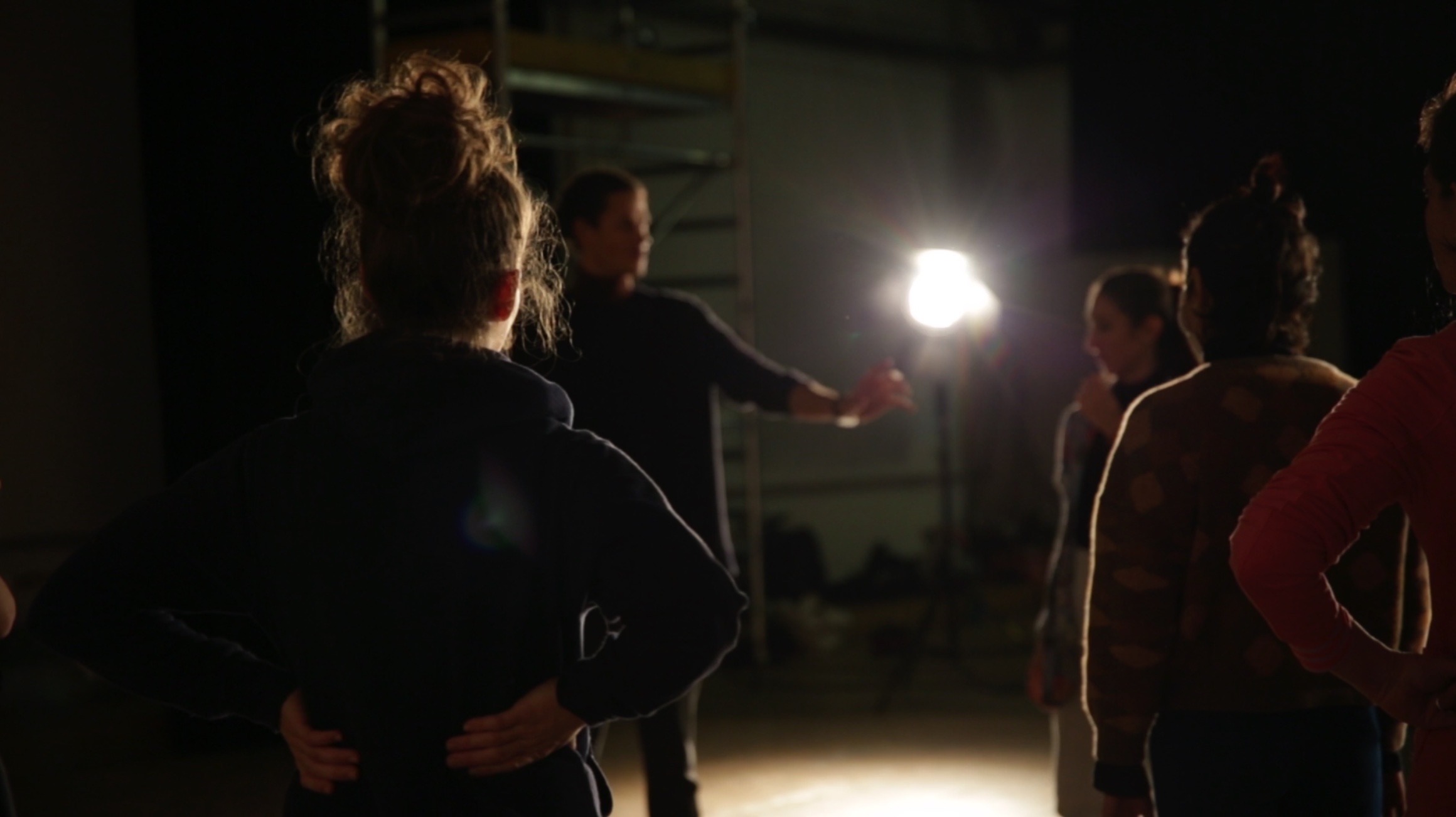
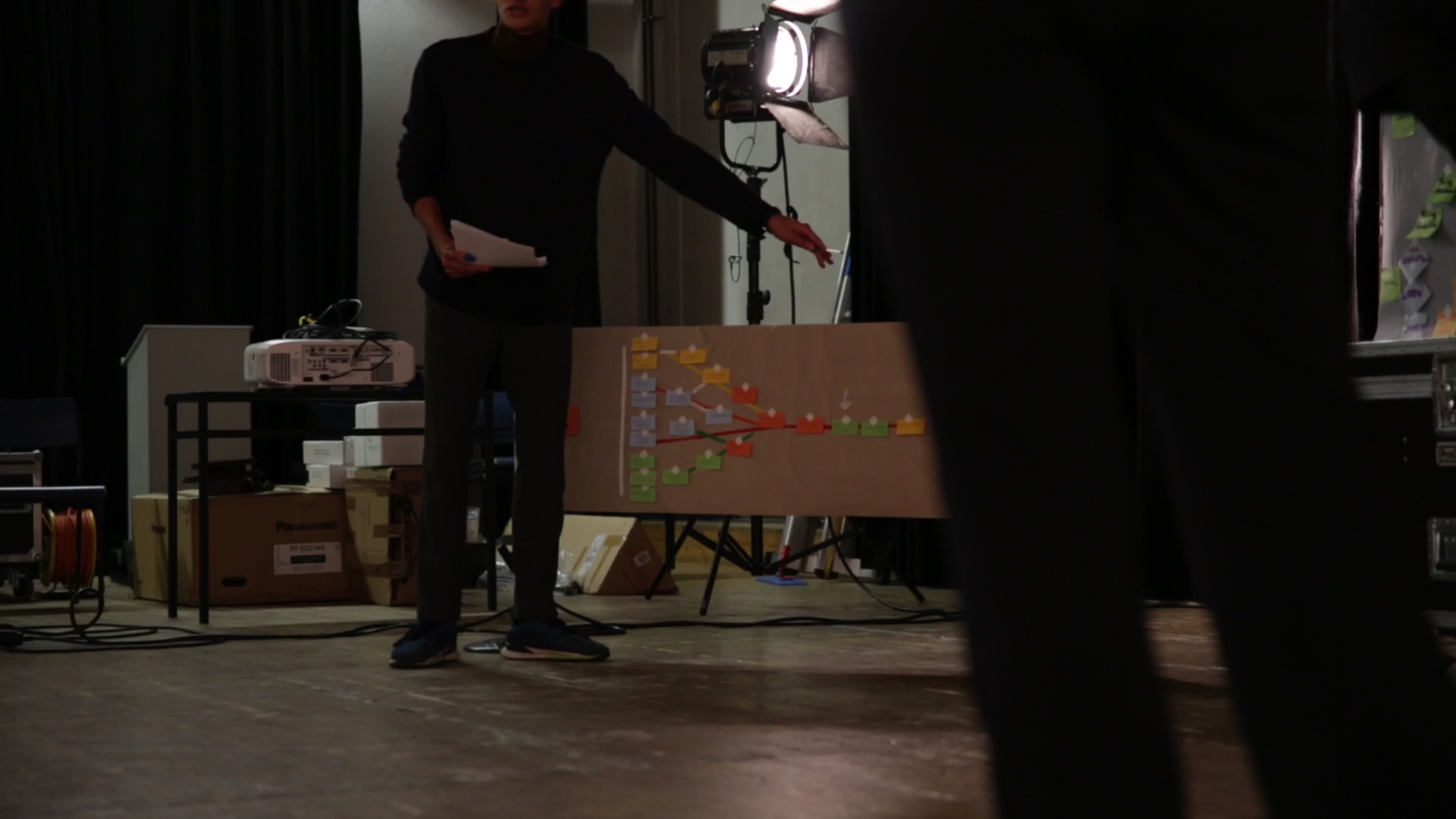
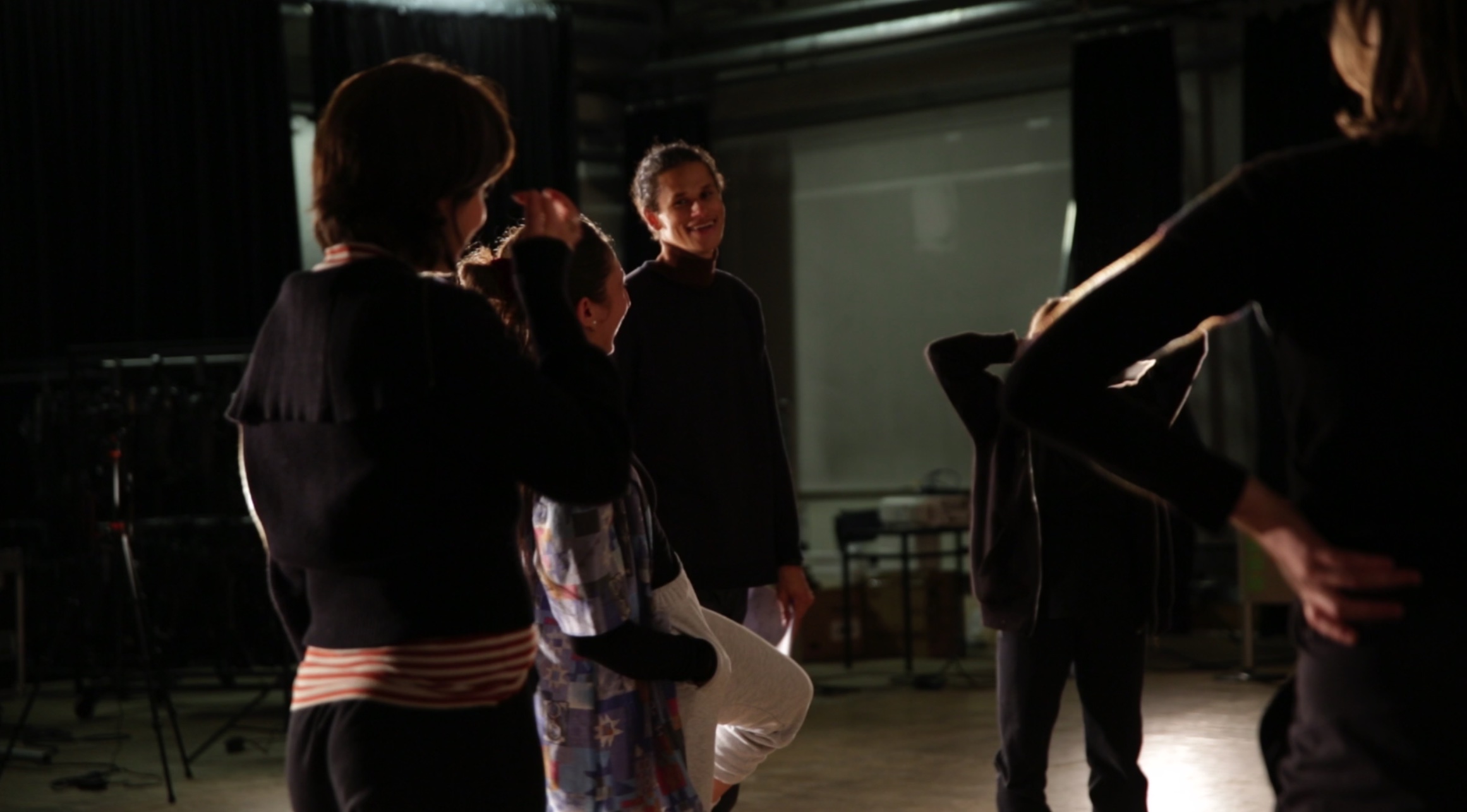
- Residual histories of the body
On the bases of the previous editions, the preparation of the work starts with a diverse array of discursive practices that connect to the question, what poetics and politics of space in an abstract, as well as concrete-physical sense, mean in our current challenging times. Try to collectively map out this inquiry. Once finished, start to develop a personal, physical practice that moves from a theoretical body of knowledge into a performative reality.
_
Treat your practice as a bare possibilia - a sphere of poetic speculation and not as a finite result. See it as a space where actuality and potentiality both seem to stipulate future entanglements. Think about how you think, how new ideas are embroidered into existing ones, which kind of qualities or registers you want to use, and how you embody and communicate your work through a poetical display.
2. Scaling spaces
Everyone starts to share their practice at the same time in the same space. Gradually start to cluster them, by finding new relations till you arrive in one single movement articulation. Once you have arrived, slowly reduce the intensity till everyone comes to near stillness. Listen carefully to how the space in the beginning tends to quickly saturate and thus becomes impossible to read. Be aware of the dynamics between the performer and slowly start to re-negotiate spaces by scaling them.
The act of scaling is hereby understood as a double movement:
1.) It questions the architectural relation to the space.
2.) It implies a symbolic act of undoing and removing - by looking for new concealed meaning within the collective.
The former frames the interplay between proximity and distance by questioning which areas the performer put most emphasis to. The latter signifies, how in-between spaces within a collective are negotiated. What seems to be assumed? How is the visibility of affects negotiated? How does fiction and narratives create social codes? How do you develop and sustain relationships in a shared space?
Everyone starts to share their practice at the same time in the same space. Gradually start to cluster them, by finding new relations till you arrive in one single movement articulation. Once you have arrived, slowly reduce the intensity till everyone comes to near stillness. Listen carefully to how the space in the beginning tends to quickly saturate and thus becomes impossible to read. Be aware of the dynamics between the performer and slowly start to re-negotiate spaces by scaling them.
_
The act of scaling is hereby understood as a double movement:
1.) It questions the architectural relation to the space.
2.) It implies a symbolic act of undoing and removing - by looking for new concealed meaning within the collective.
The former frames the interplay between proximity and distance by questioning which areas the performer put most emphasis to. The latter signifies, how in-between spaces within a collective are negotiated. What seems to be assumed? How is the visibility of affects negotiated? How does fiction and narratives create social codes? How do you develop and sustain relationships in a shared space?
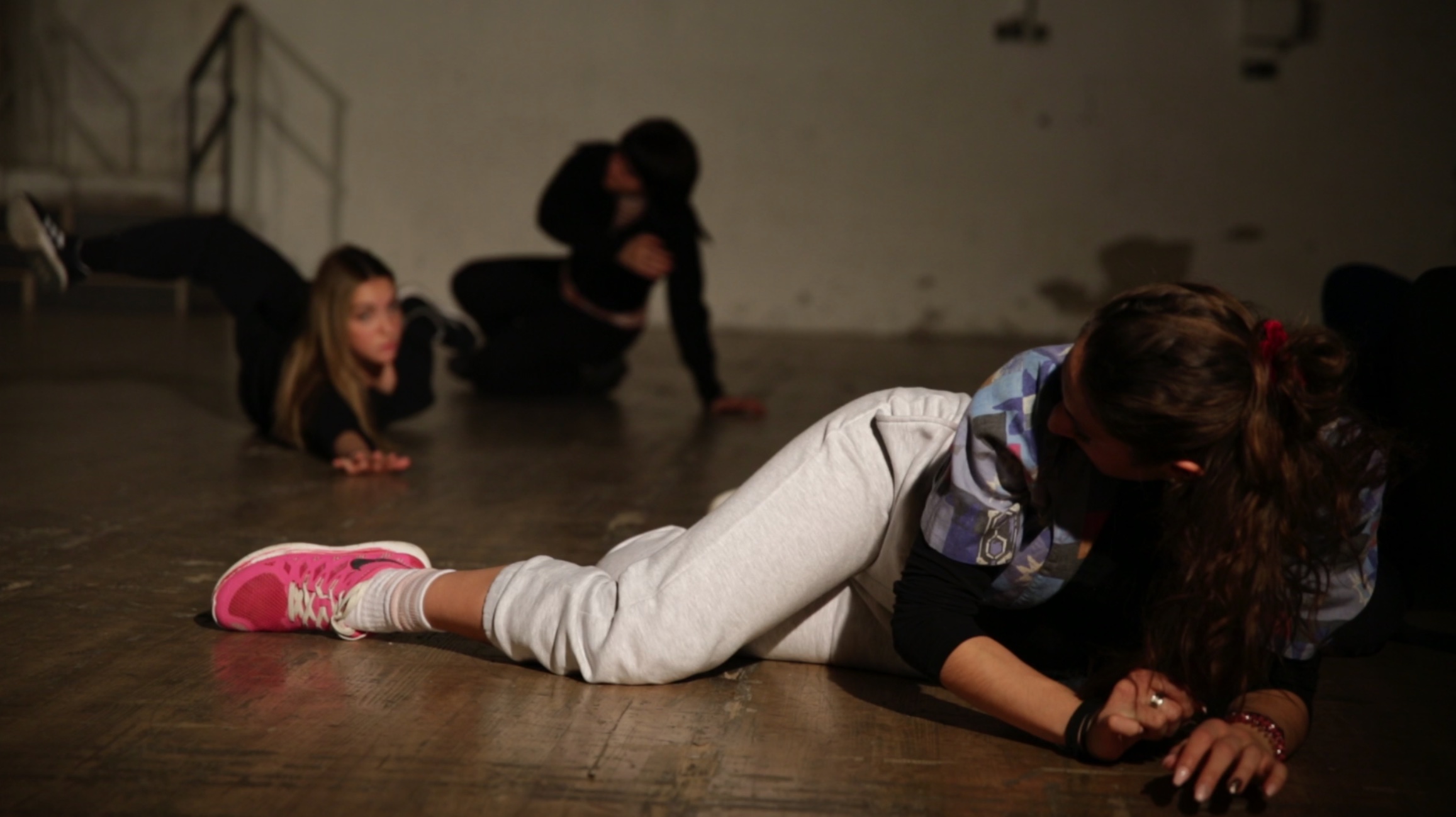
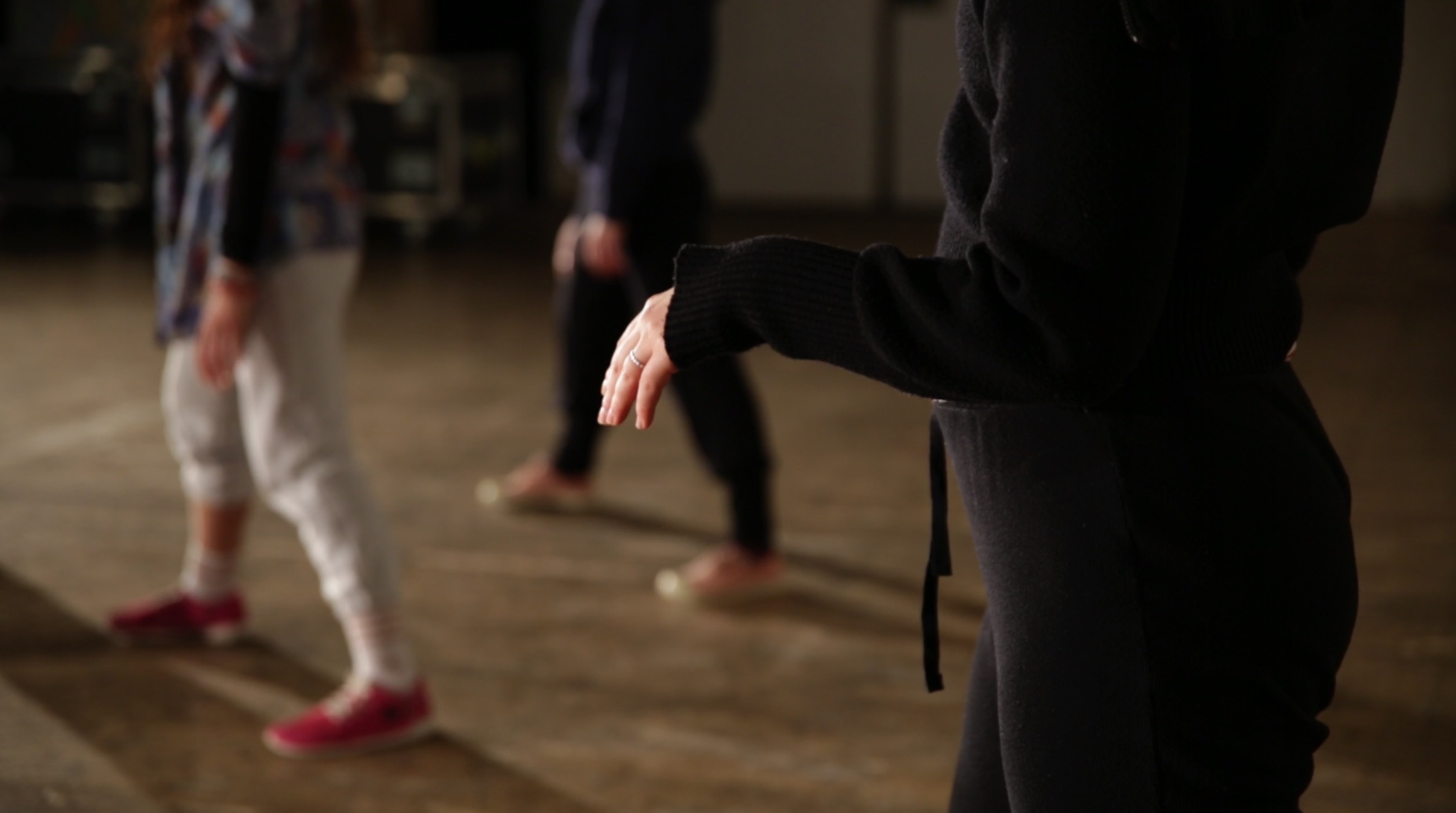
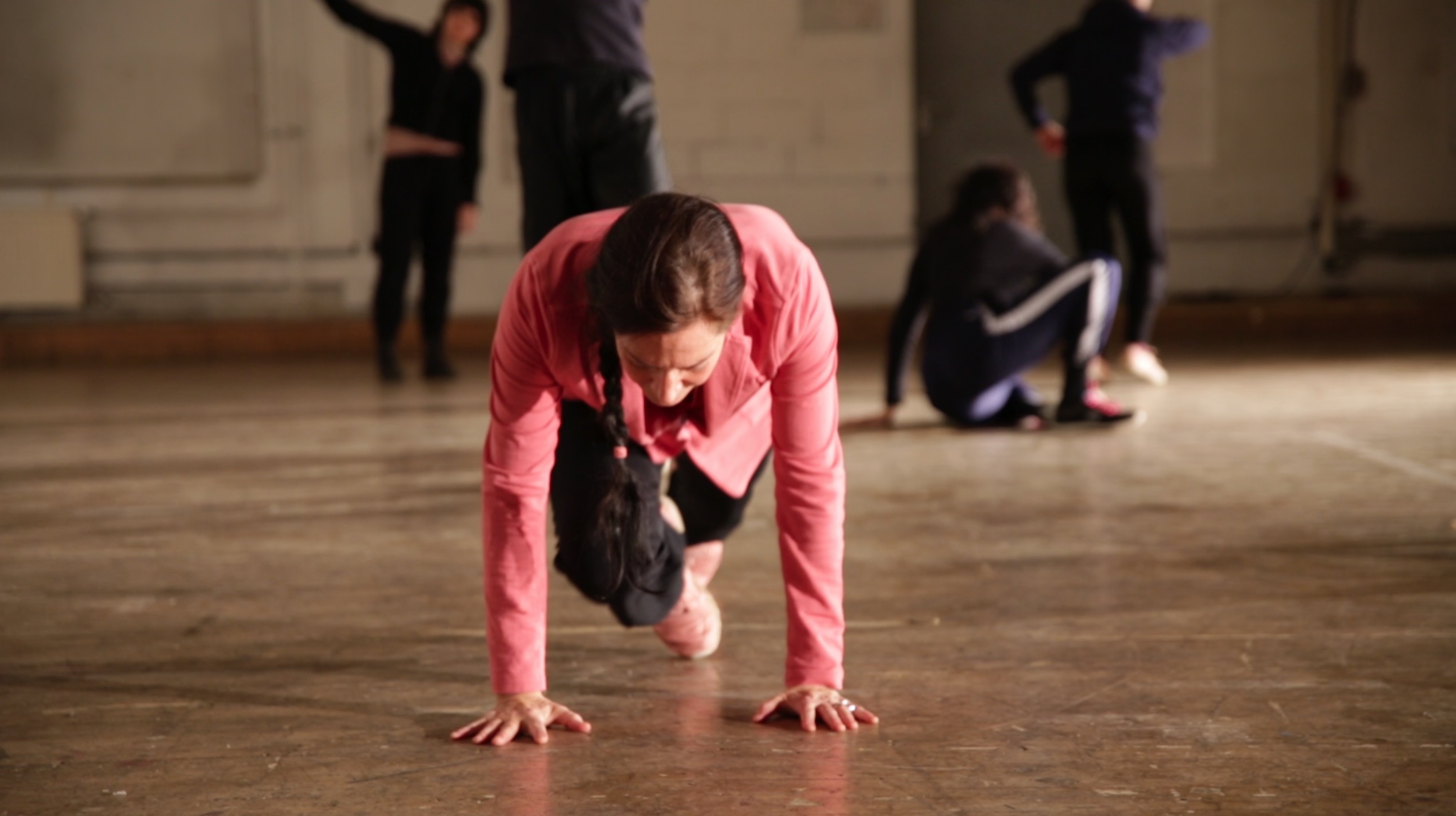
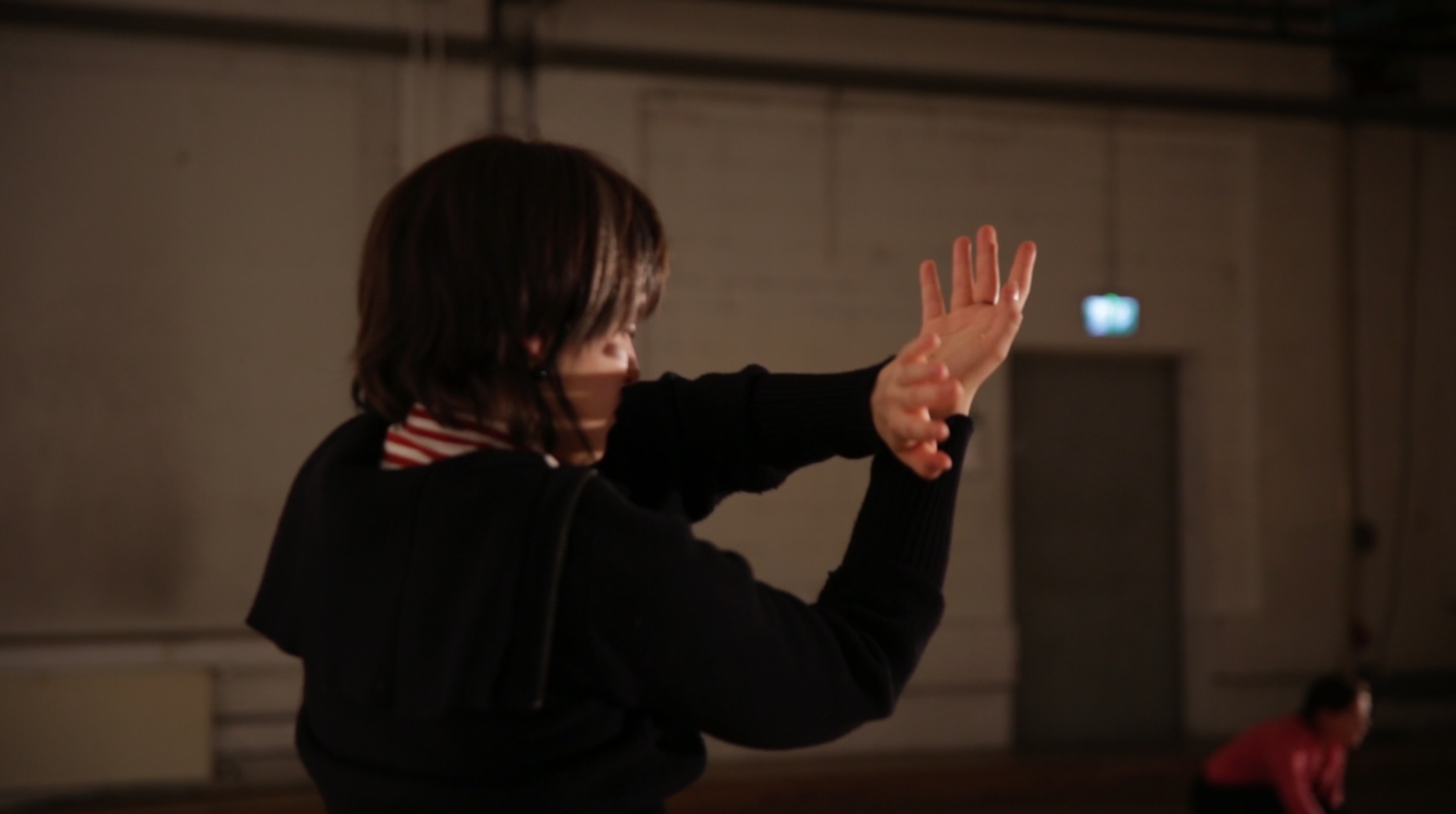
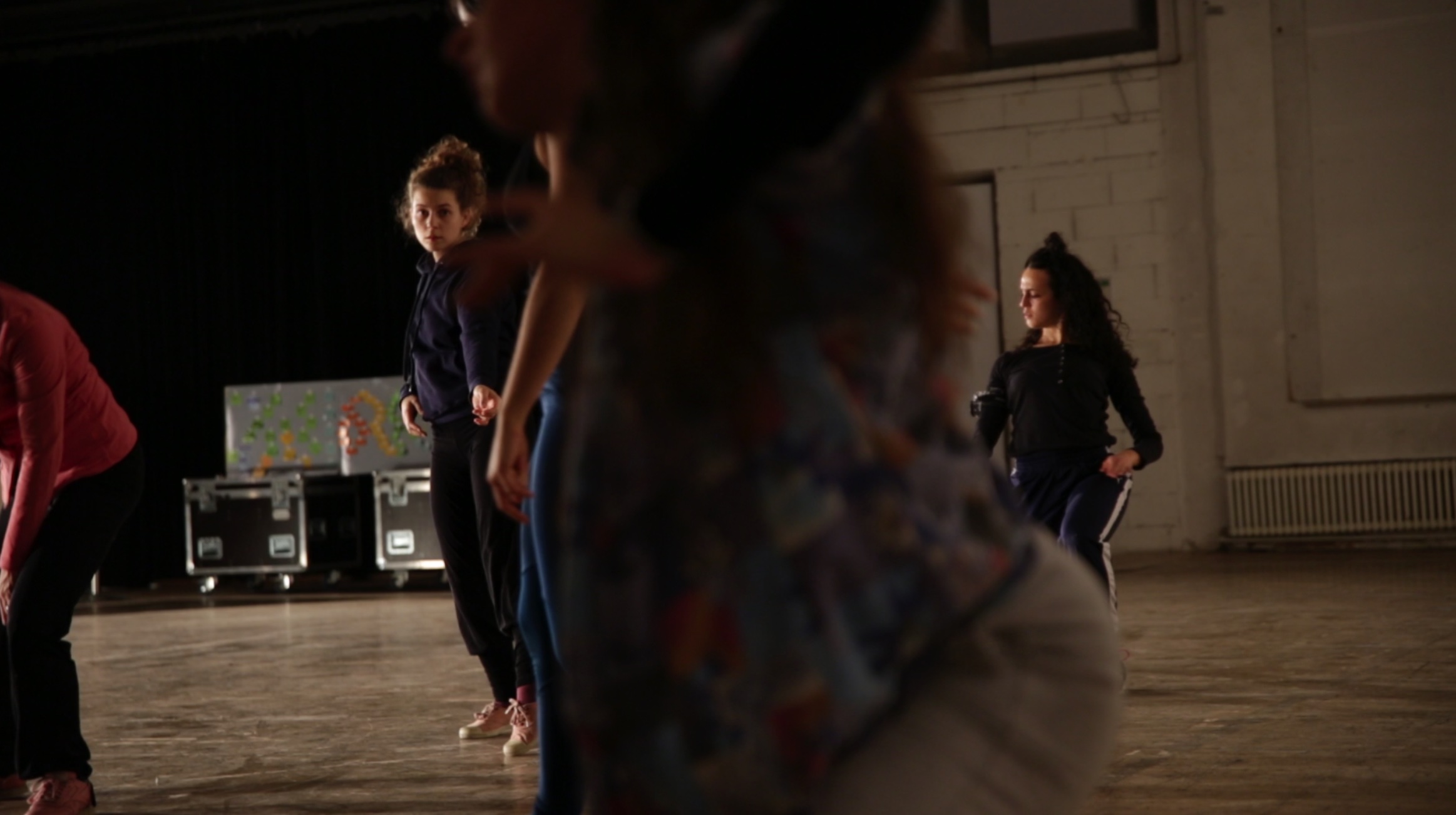
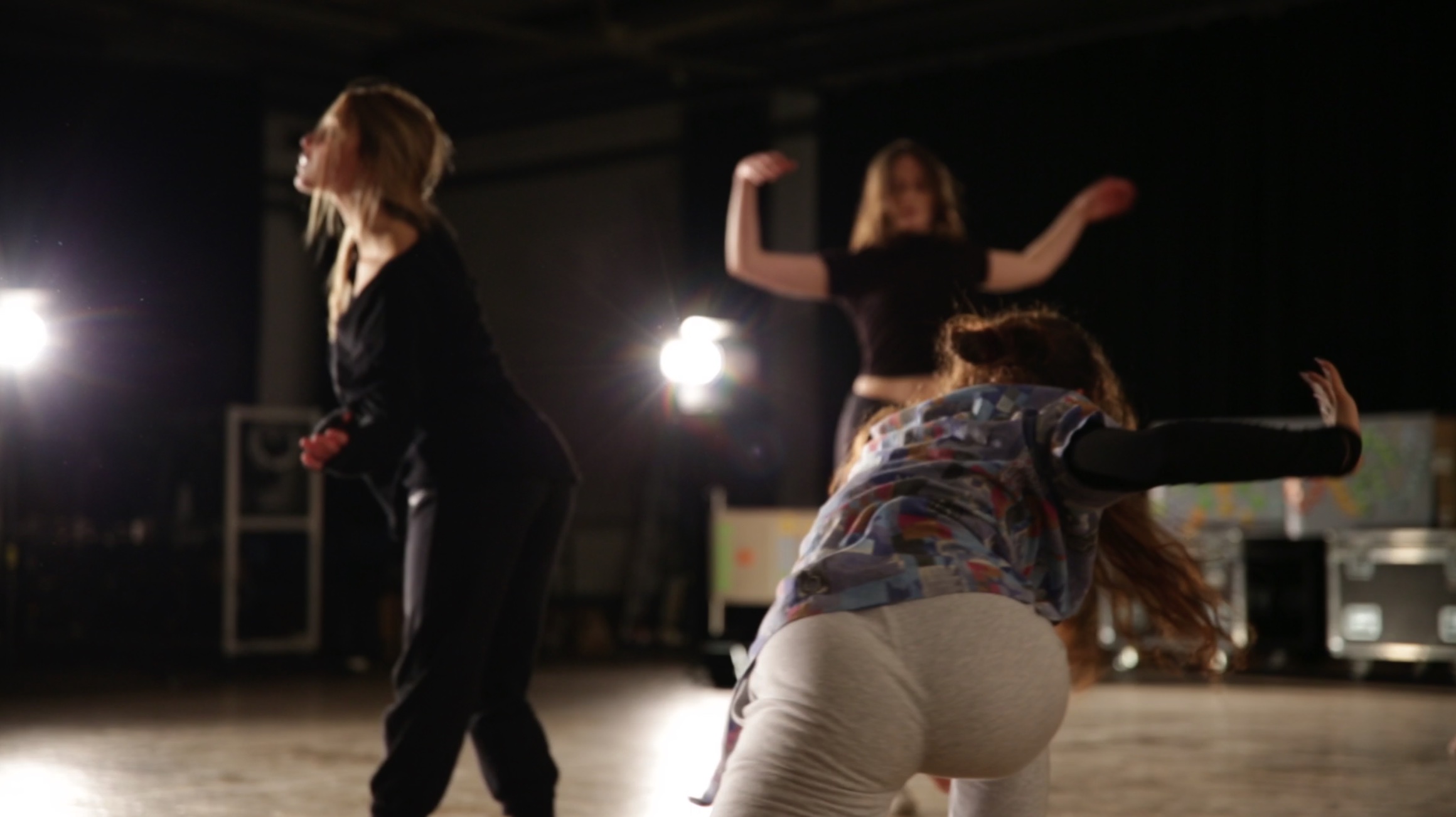
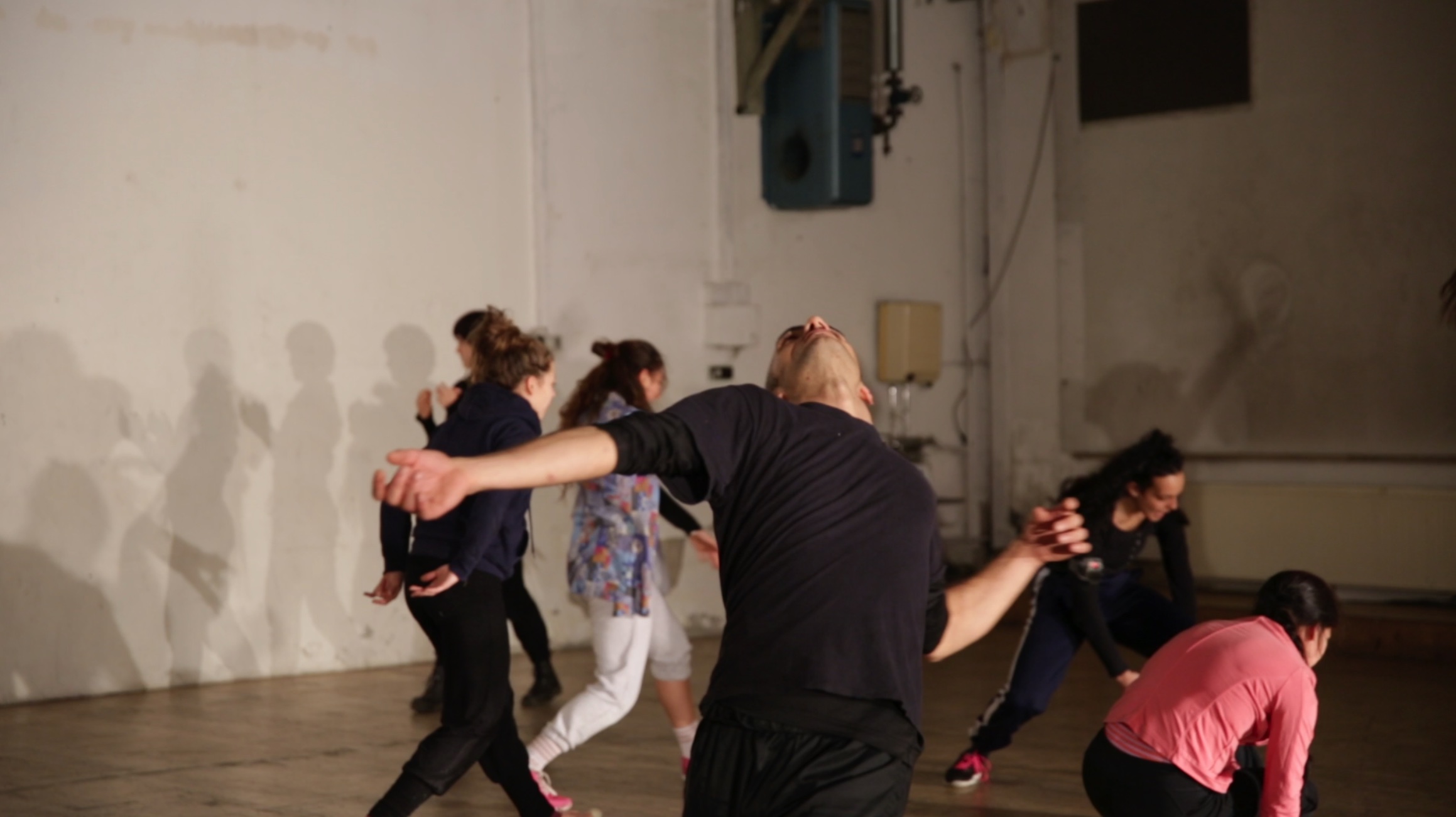
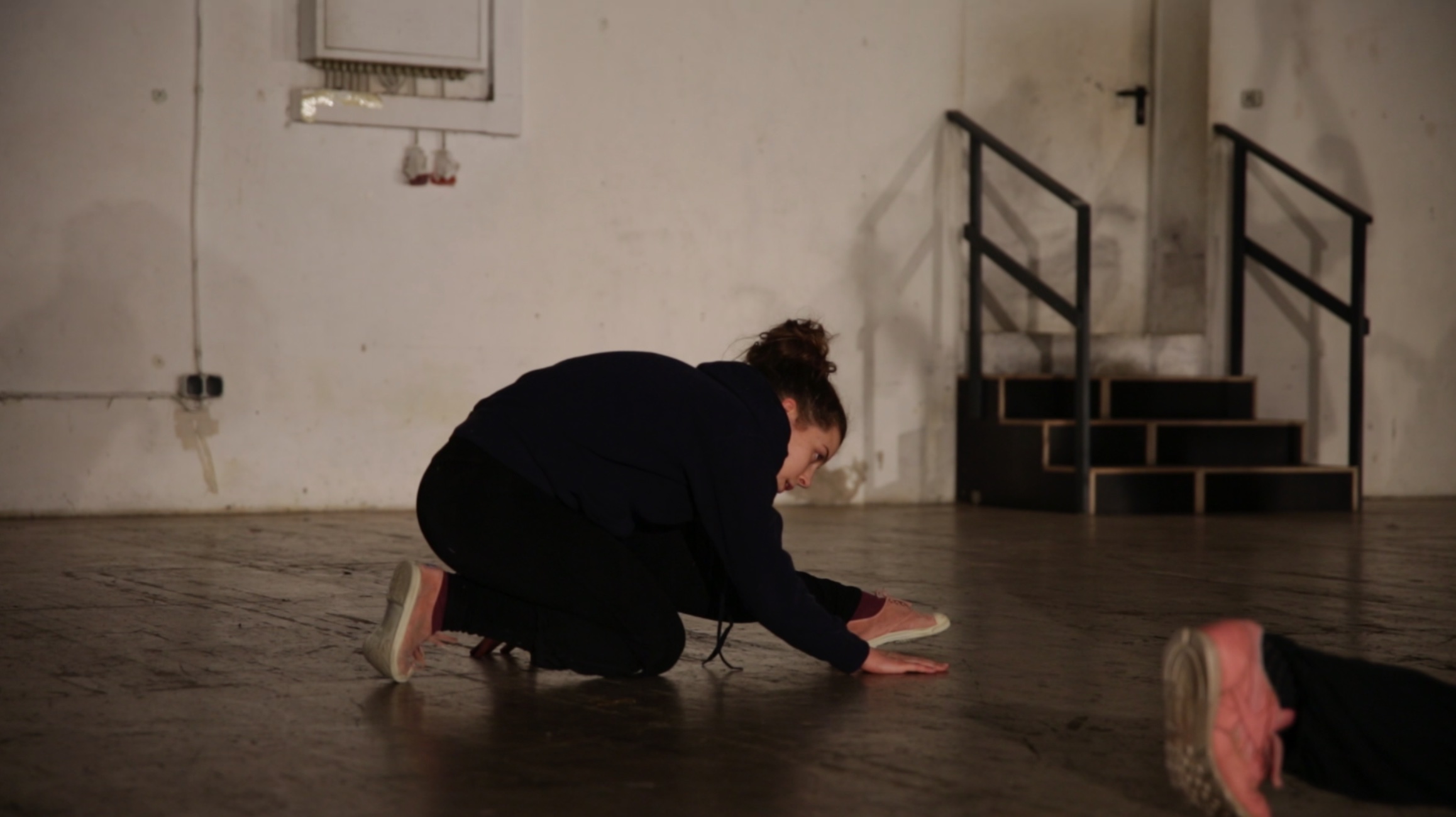
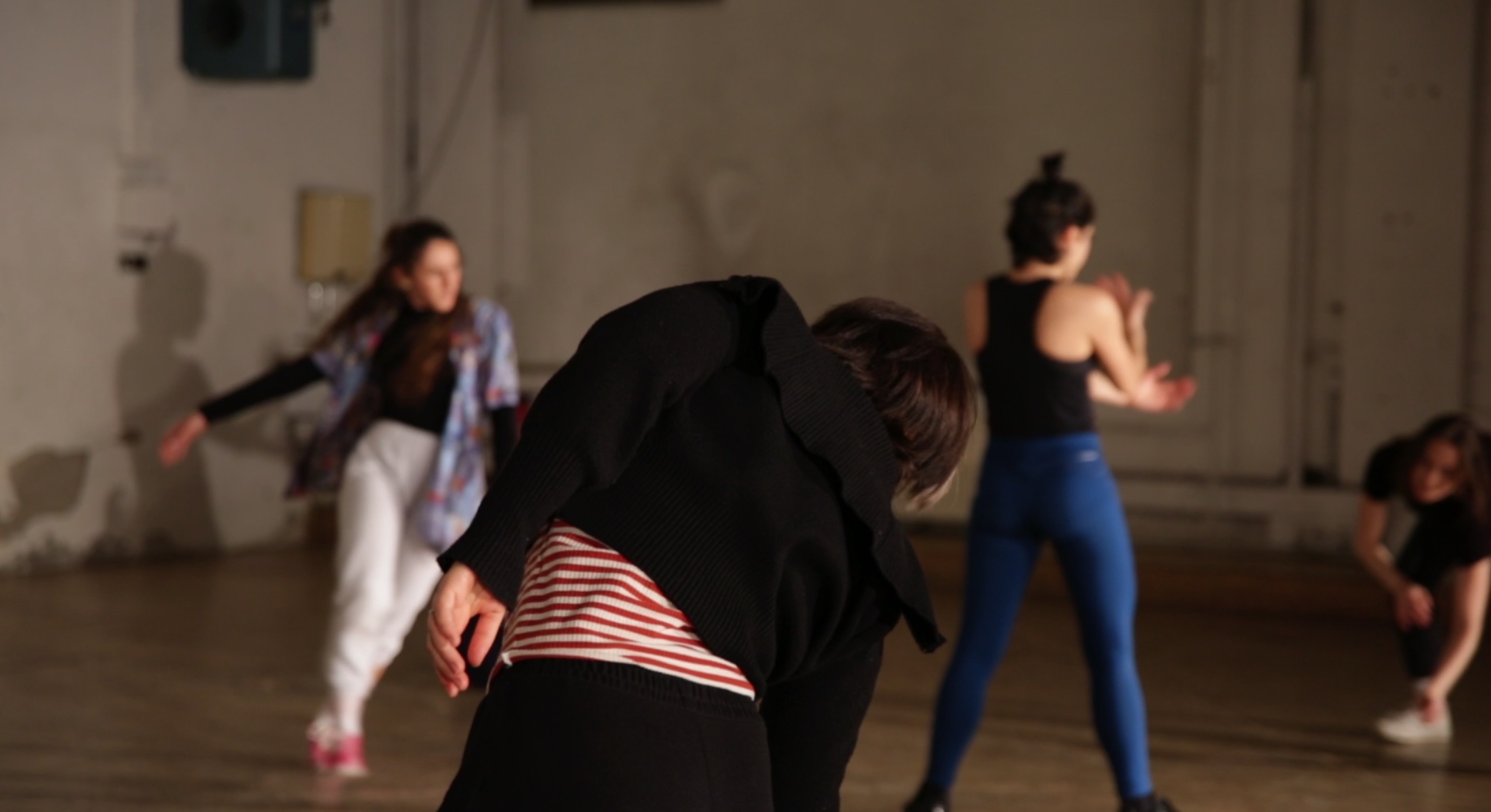


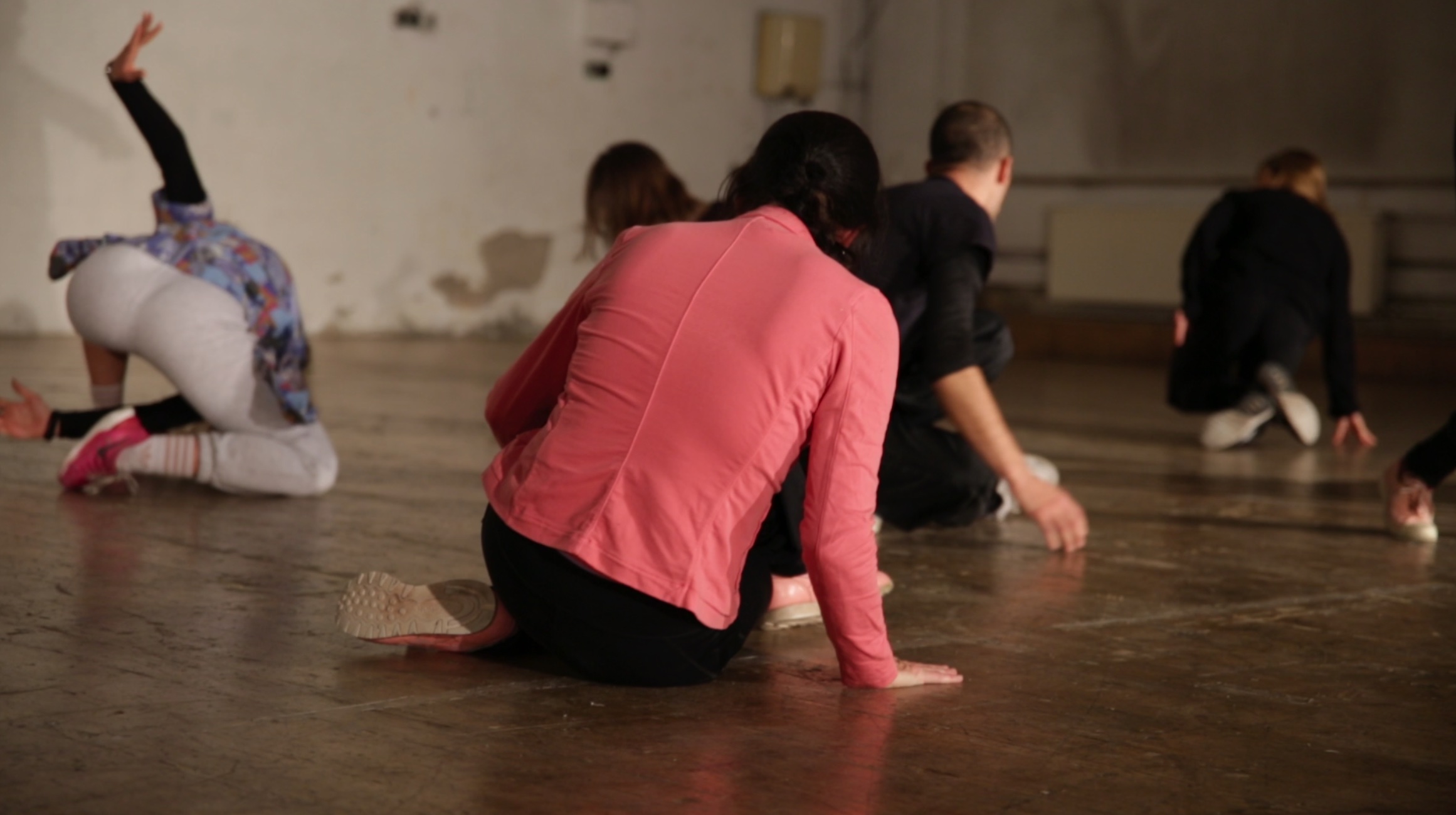
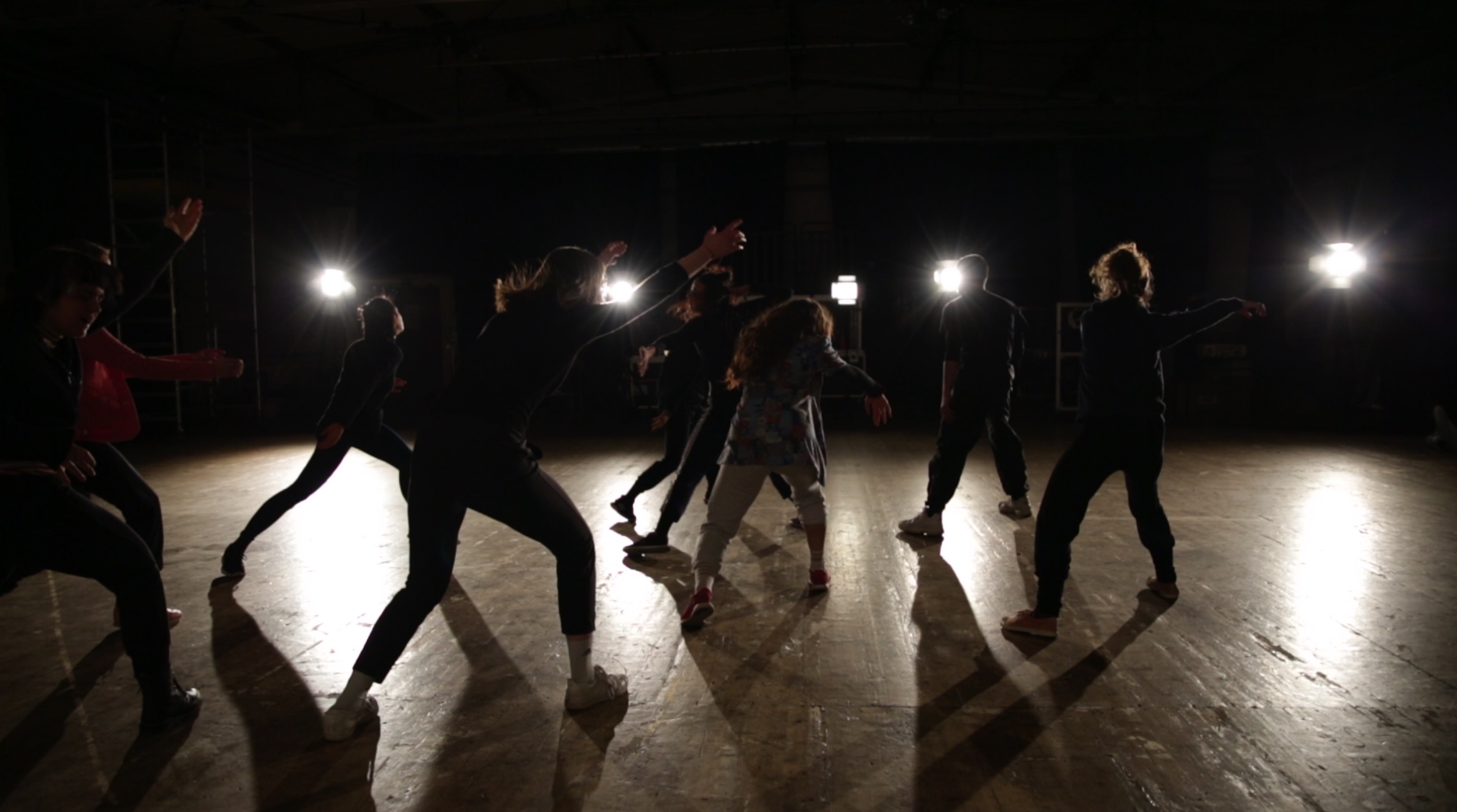
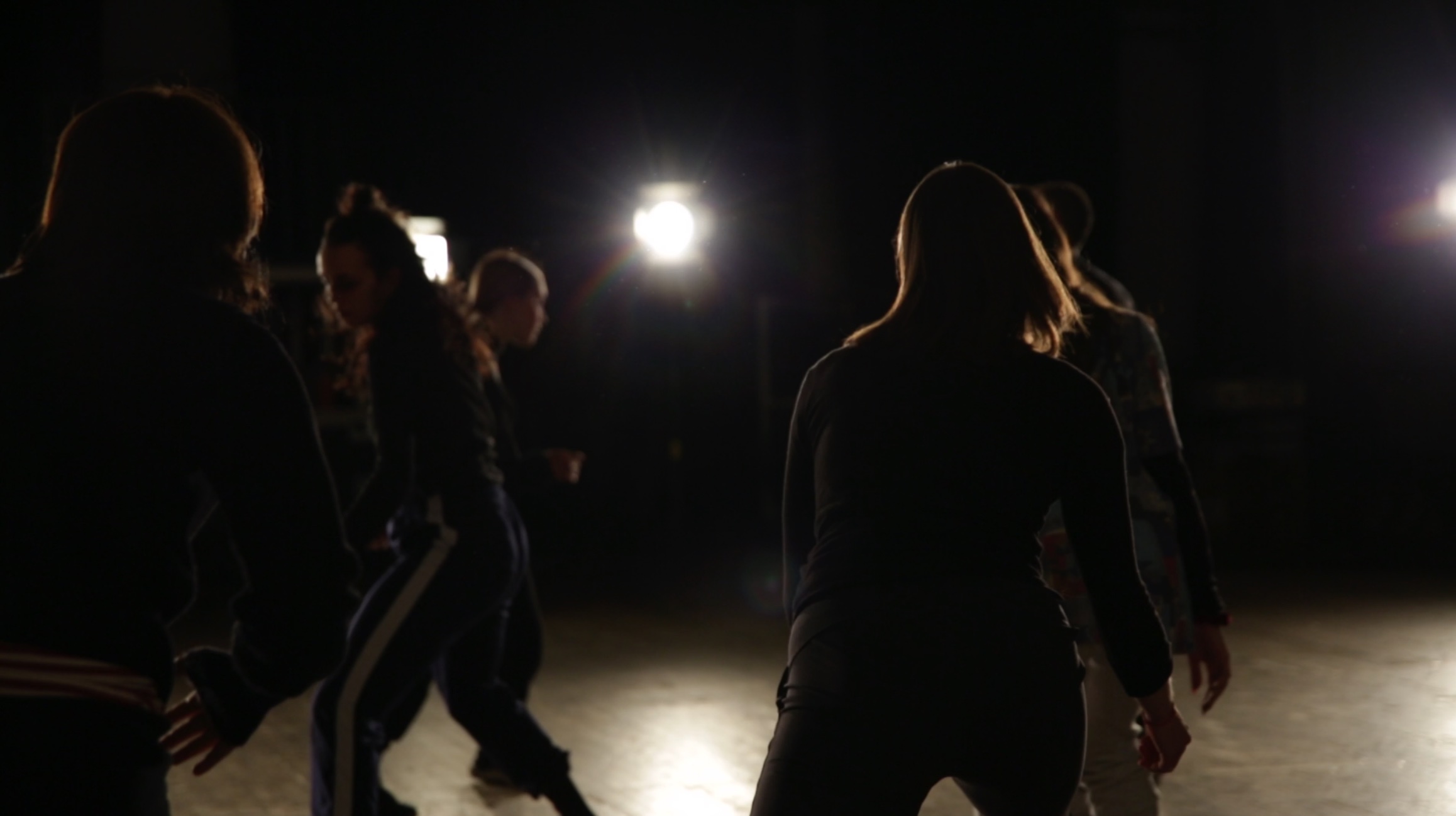

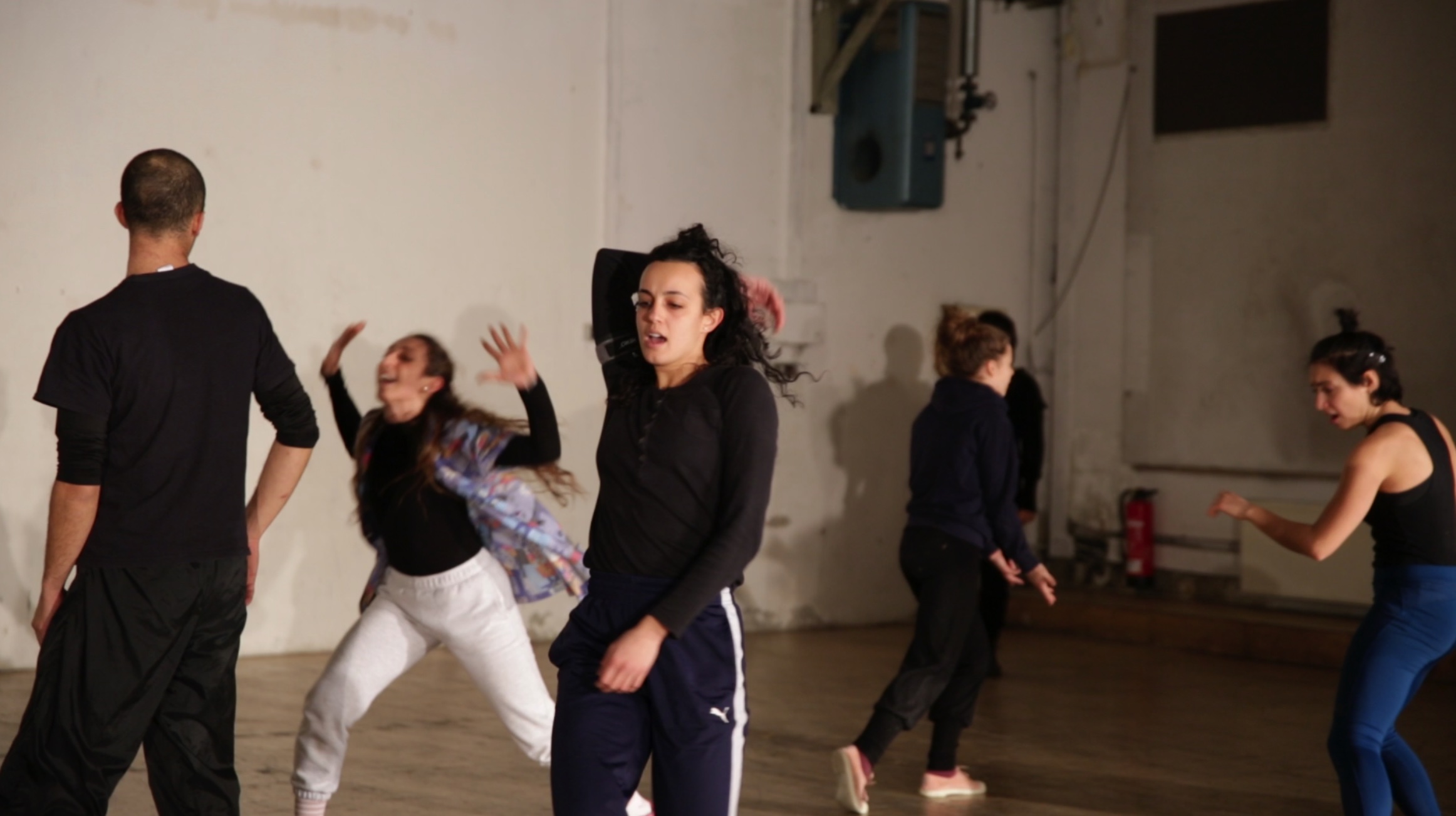
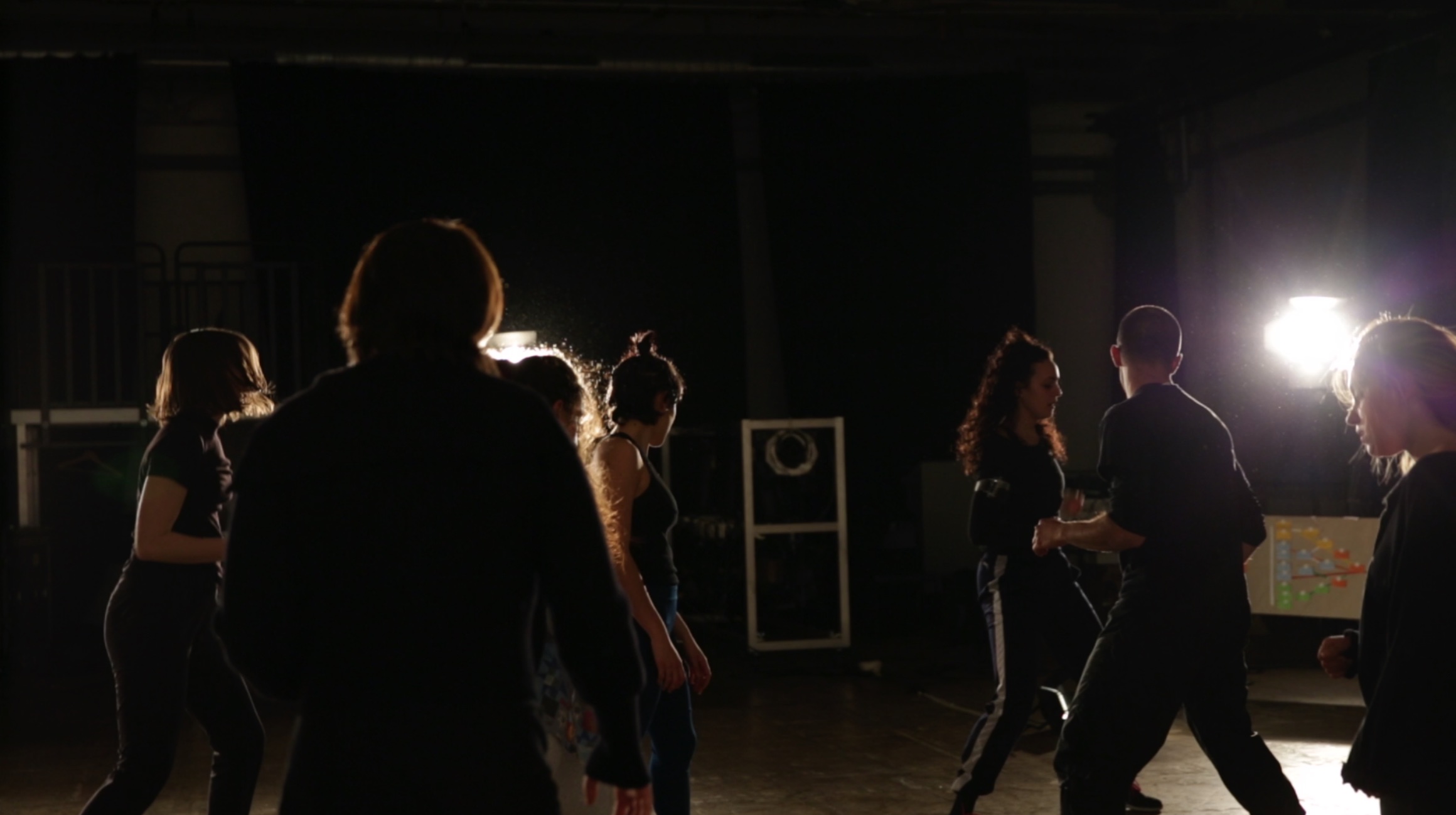
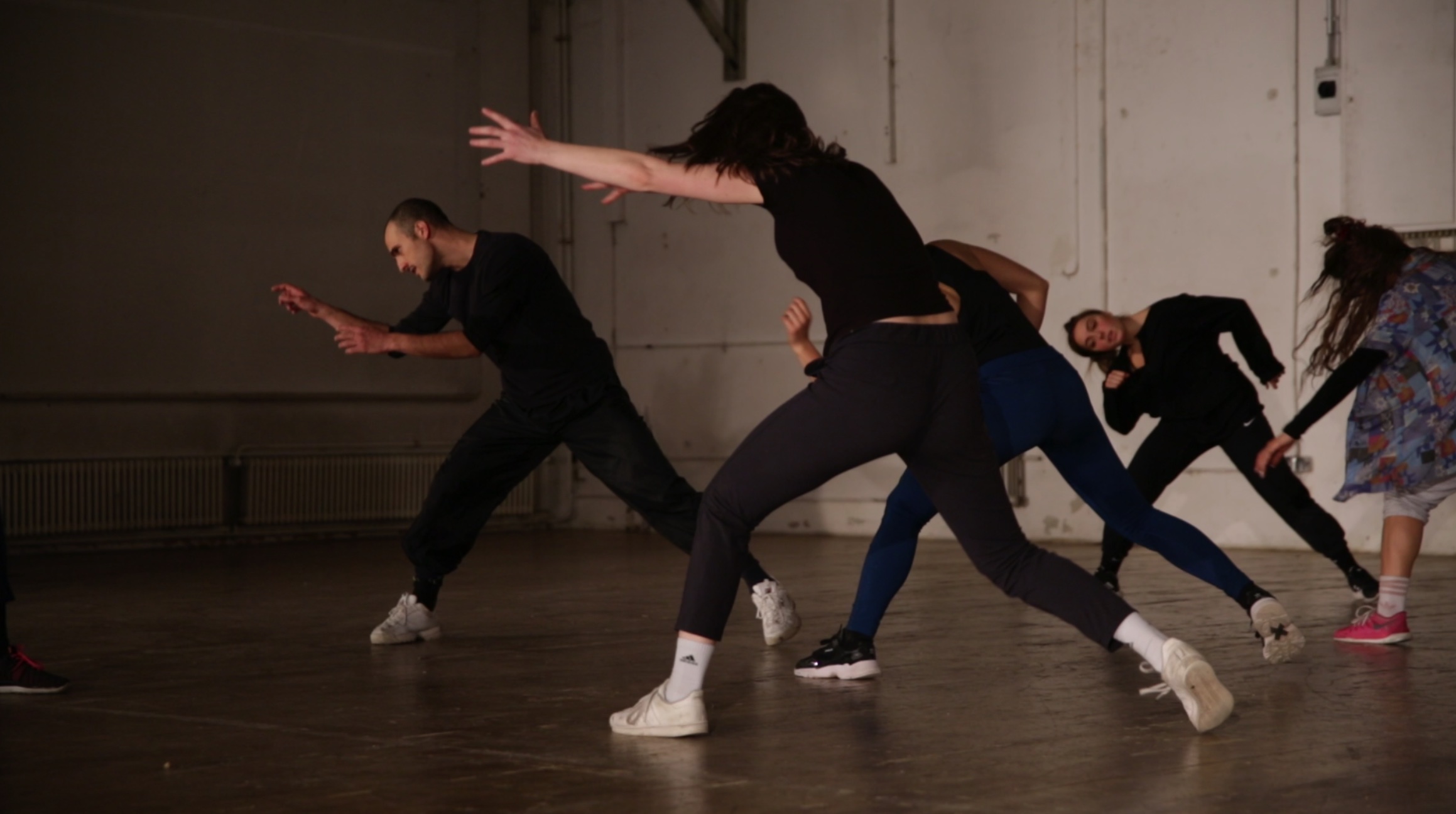
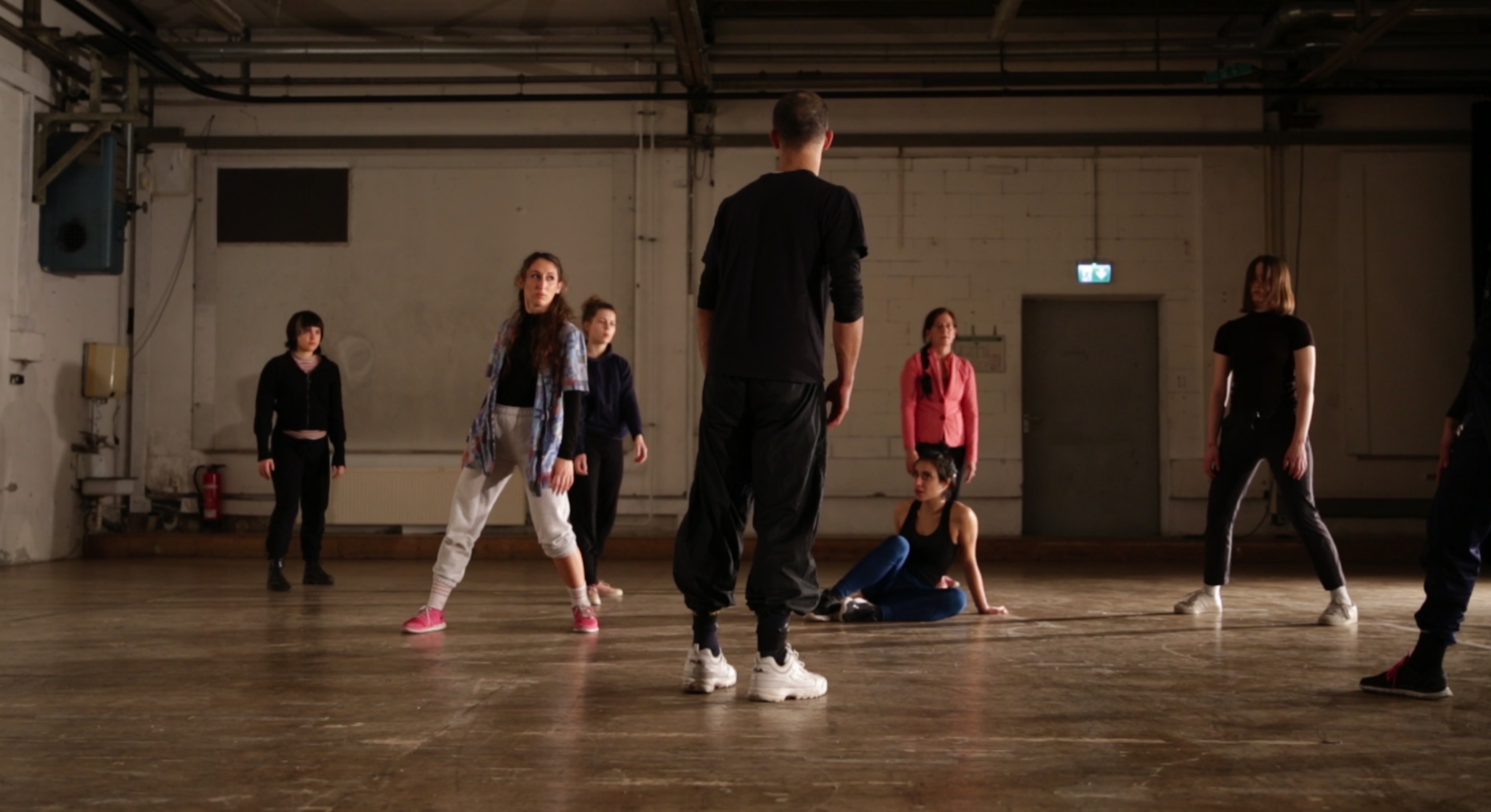
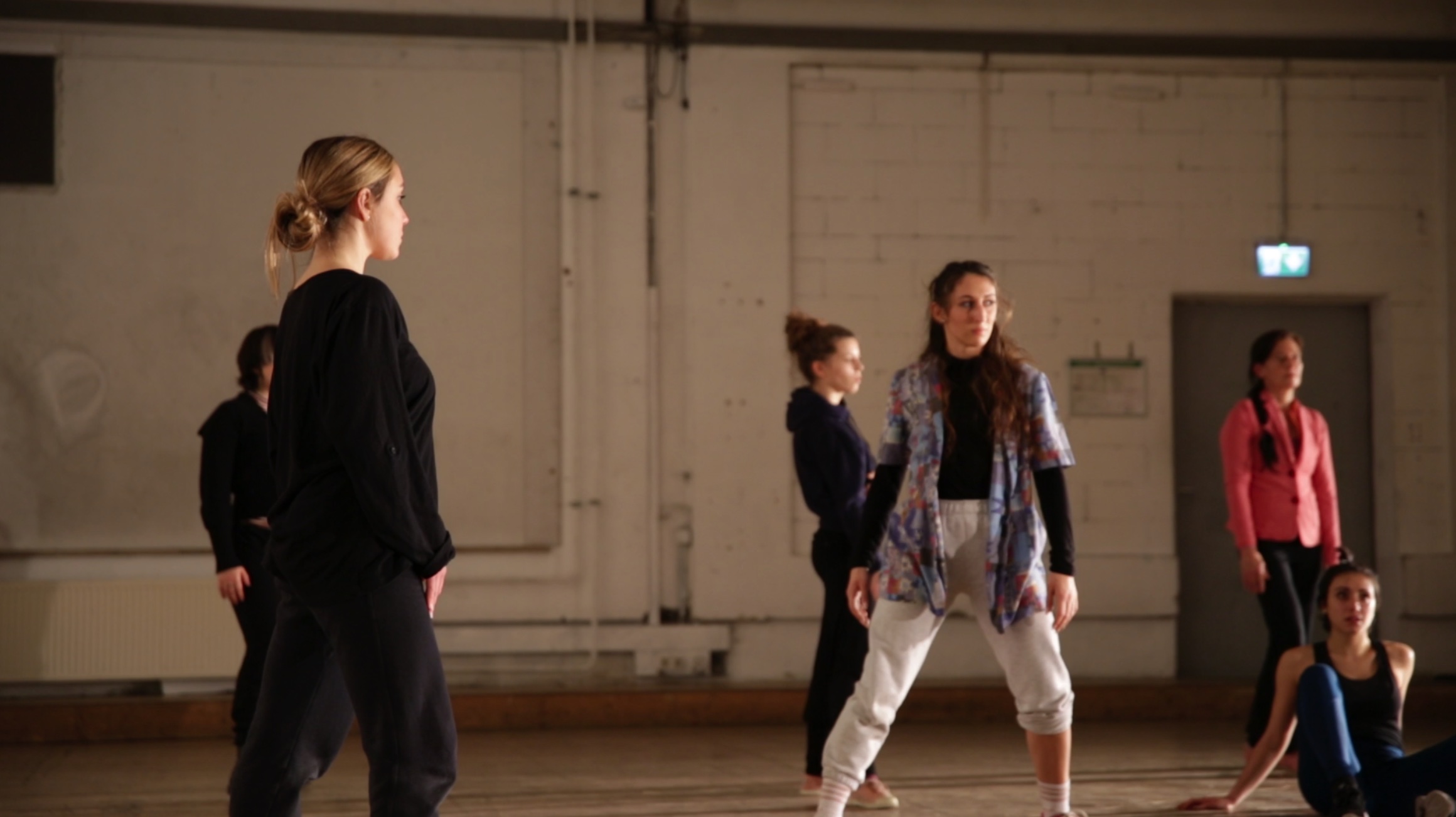

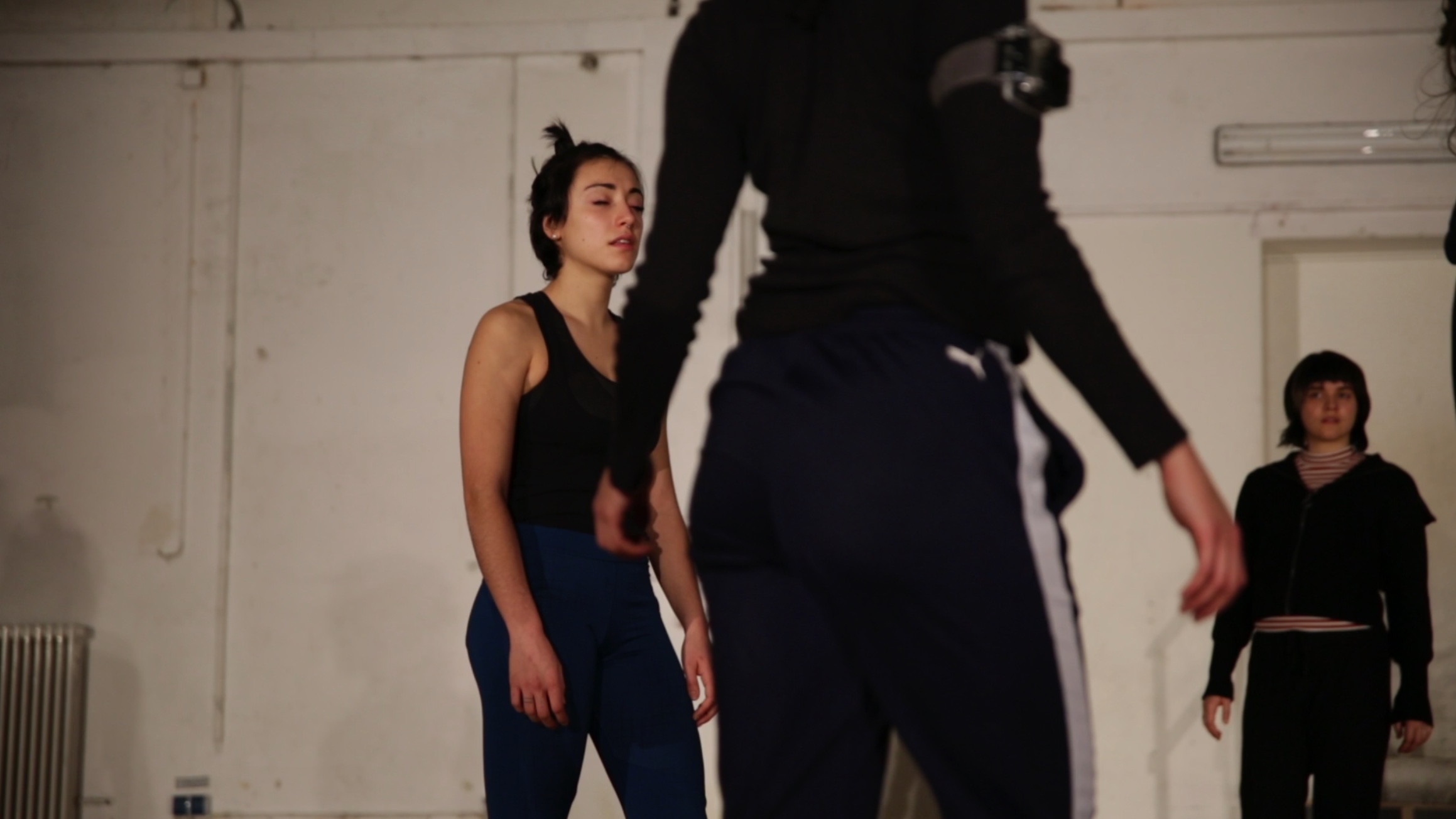
3. Counter.movement
Once you have arrived to near stillness, start with an imperceptible rocking motion. Decide beforehand as a collective on a single shared vector and slowly start rocking back and forth. All together, at the same pace. Take your time and gradually amplify the rocking motion by raising the intensity. Keep pushing together by being together. Once the exhaustion takes over let the breath become audible, as to signify a shared pulse.
_
Rocking…rocking…repeating…repeating, while reorganizing thus repeating differently. Repeating an idea whilst reorganizing the idea of what is different about it. It seems to be the difference in each repetition that accounts for change: the repeated self in all these instances is never the same, there is no structure that can persist as identical to itself. It seems to be that the self becomes another with each repeated action, changing it in its past identity and feeding it with a new embodied presence: that of a new performativity.
4. Louder than my words
Once the collective has arrived at their energetic zenith, slowly fade down the intensity and start to break out of the rocking motion by modulating from one rhythmical action to another. Stay together as a group and don’t impose a single leader. Actively listen to each other's movements. Take your time and continue to collectively negotiate which action to modulate to next.
As previously referred, information occurs through change and relation, of what it is and how it understands itself. It in that regard connects to the self - the understanding of one’s own constitution in a specific context. The image that the conscious comes up with seems to be a product of its own poetic speculation, the image of itself is the product of an active engagement with its own condition. One’s performance in the world doubles the ontological performativity of difference. In other words, the representation of the self is the double-gänger of its own condition, a silent mirror that lives within the imaginary and which is constantly re-discovering itself.
Therfore the question arises, how to negotiate one’s own needs and interests within a shared space? How to actively listen and support the already existing dynamics in space? Which communally shared logics need to be established to decide collectively?
Once the collective has arrived at their energetic zenith, slowly fade down the intensity and start to break out of the rocking motion by modulating from one rhythmical action to another. Stay together as a group and don’t impose a single leader. Actively listen to each other's movements. Take your time and continue to collectively negotiate which action to modulate to next.
_
As previously referred, information occurs through change and relation, of what it is and how it understands itself. It in that regard connects to the self - the understanding of one’s own constitution in a specific context. The image that the conscious comes up with seems to be a product of its own poetic speculation, the image of itself is the product of an active engagement with its own condition. One’s performance in the world doubles the ontological performativity of difference. In other words, the representation of the self is the double-gänger of its own condition, a silent mirror that lives within the imaginary and which is constantly re-discovering itself.
Therfore the question arises, how to negotiate one’s own needs and interests within a shared space? How to actively listen and support the already existing dynamics in space? Which communally shared logics need to be established to decide collectively?
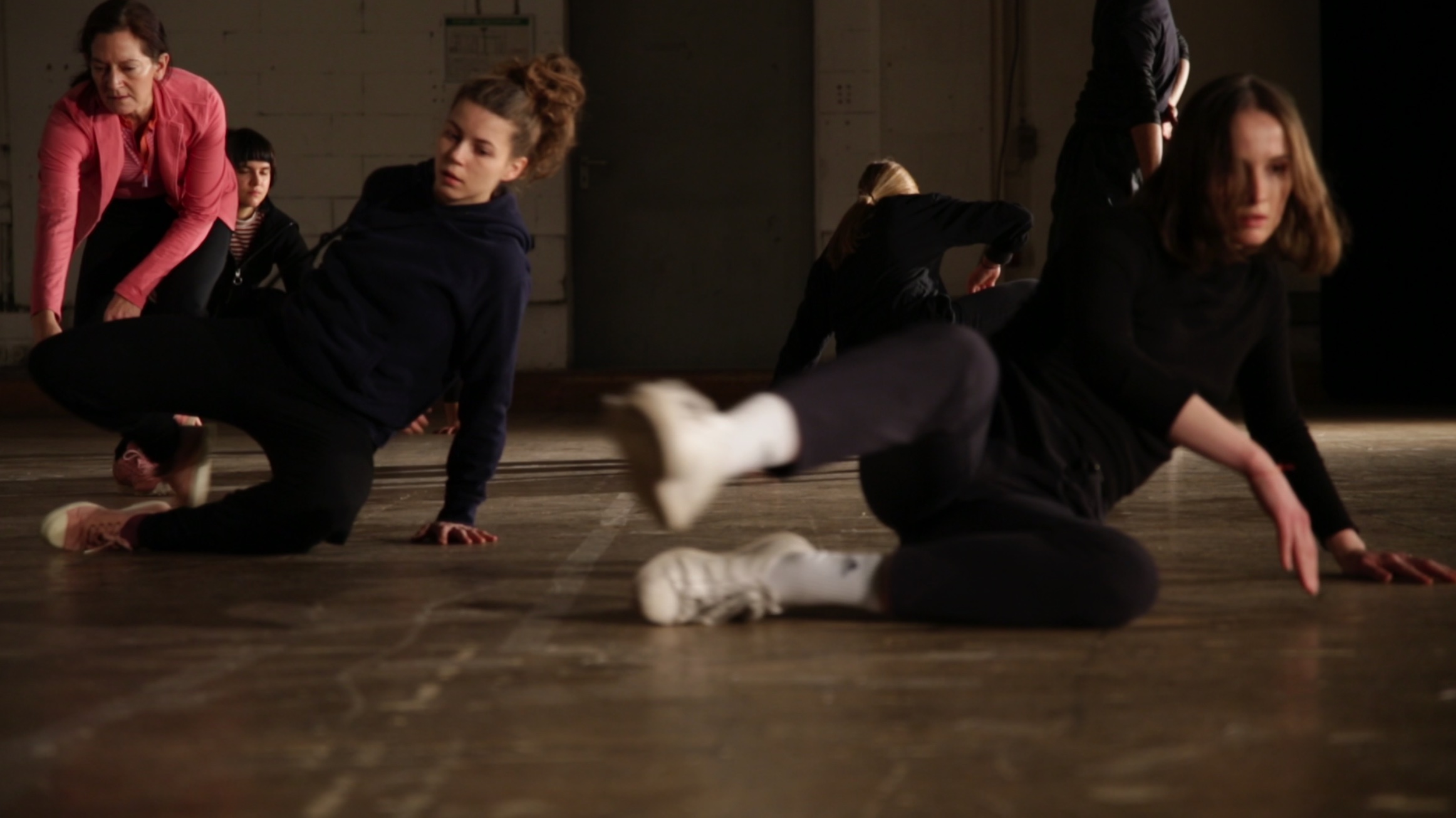
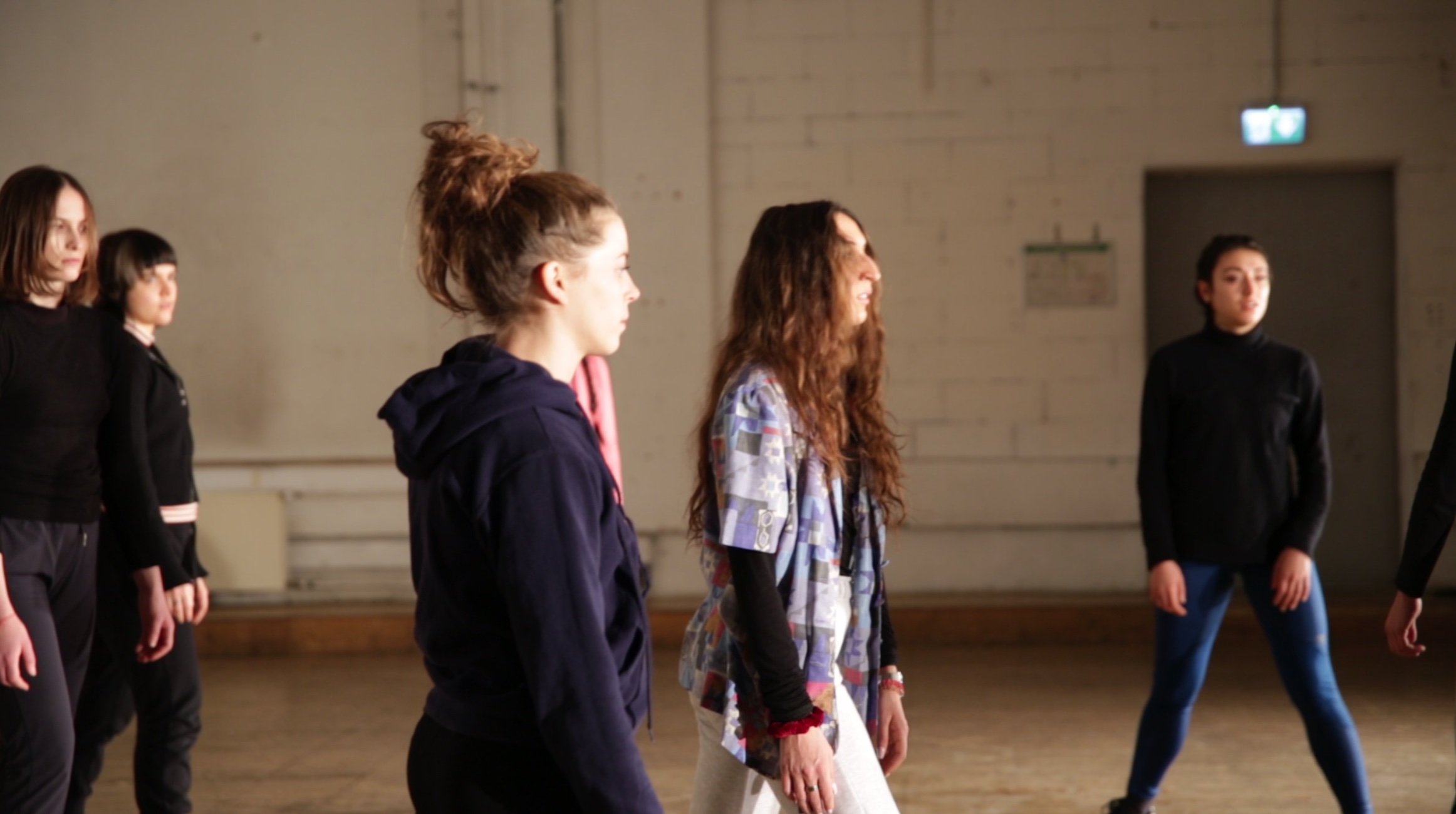
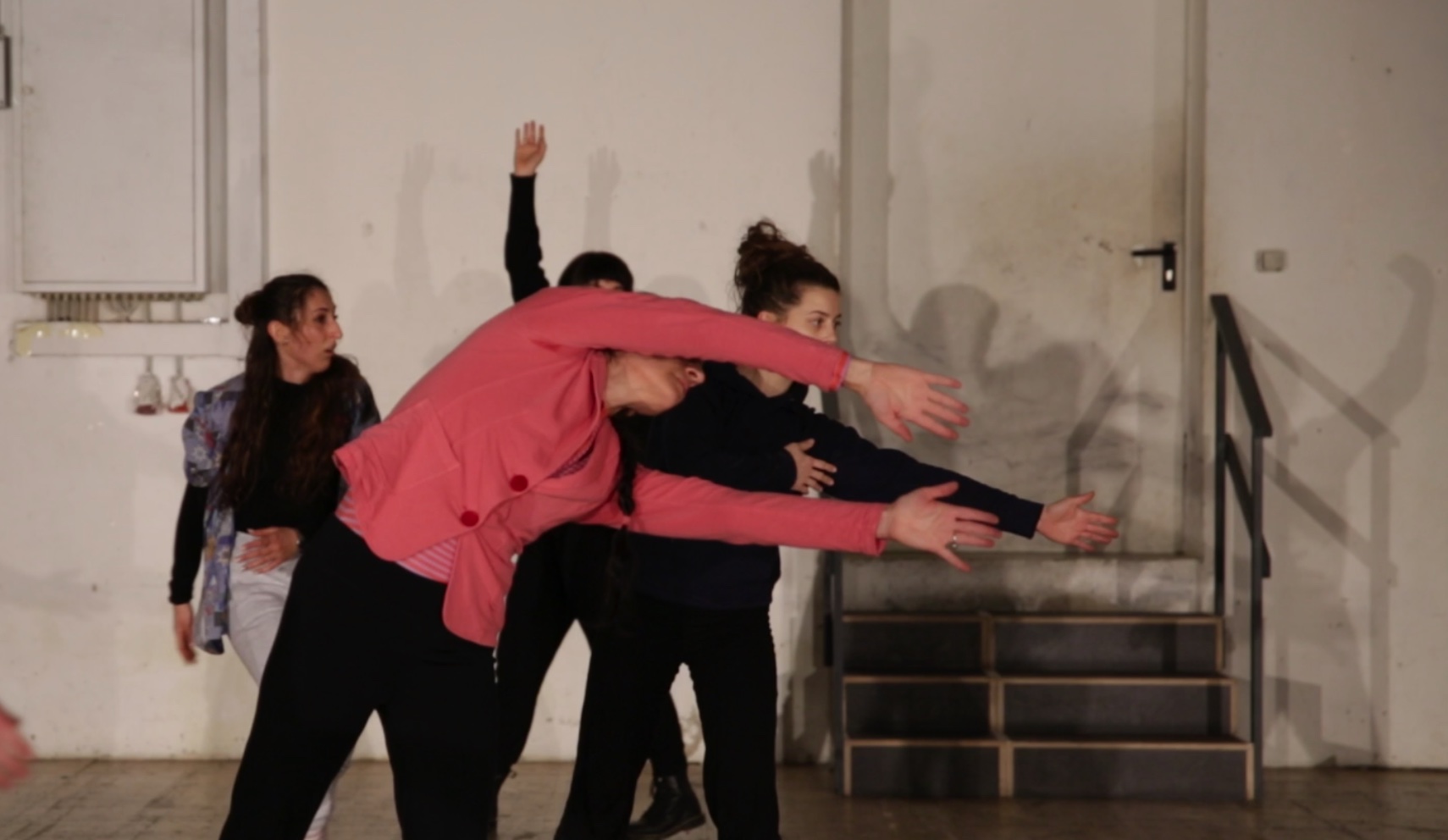
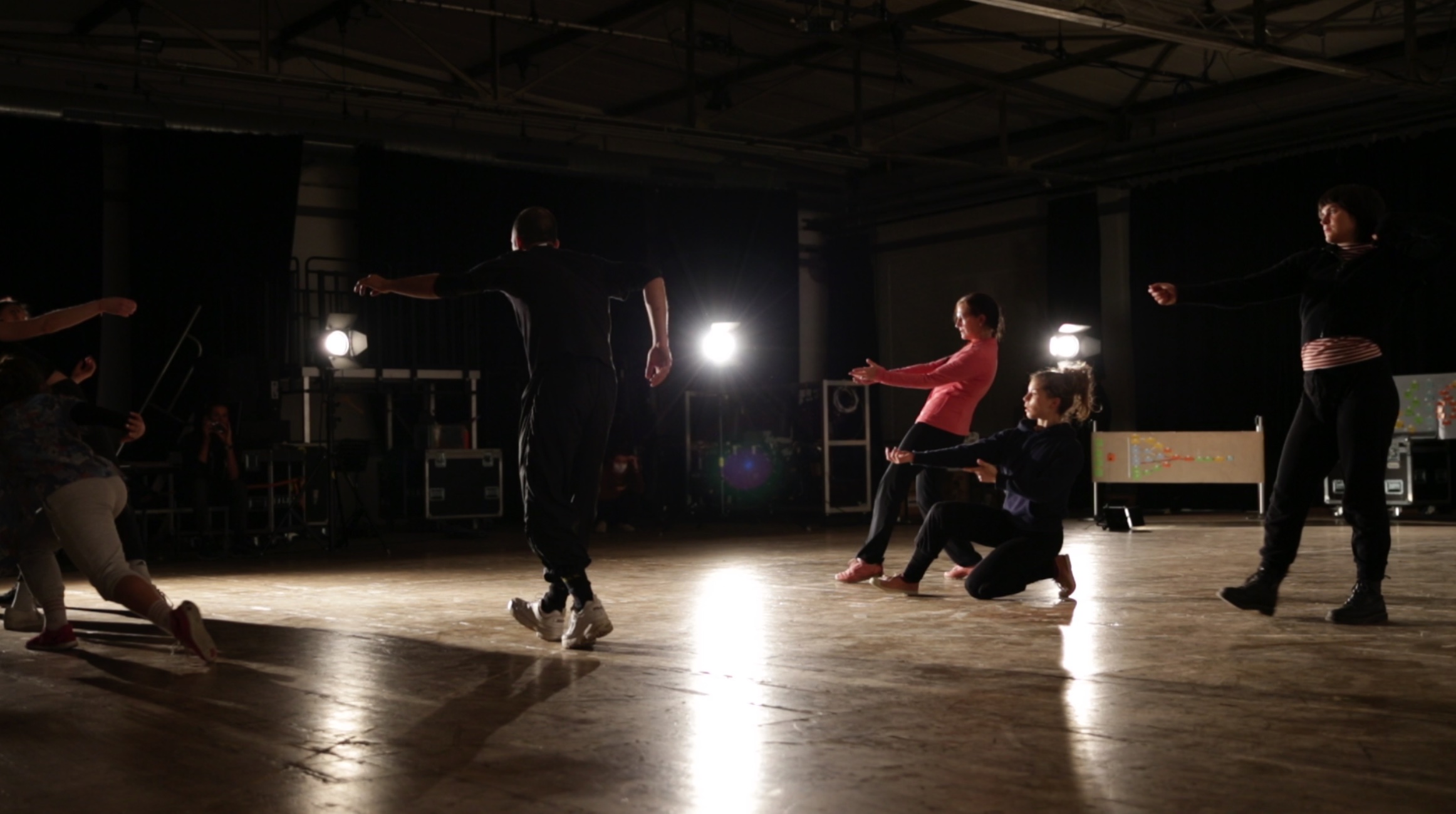
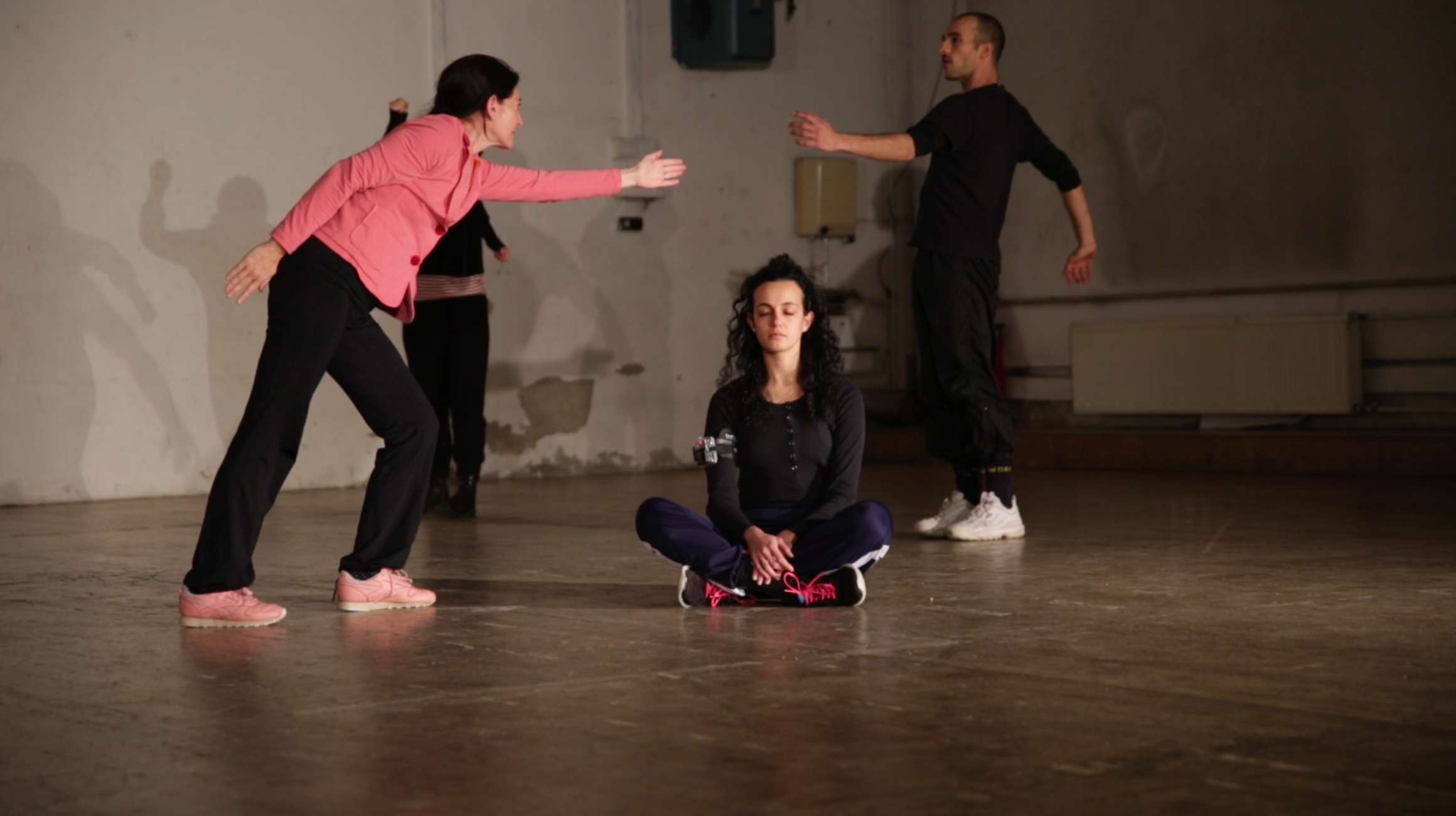
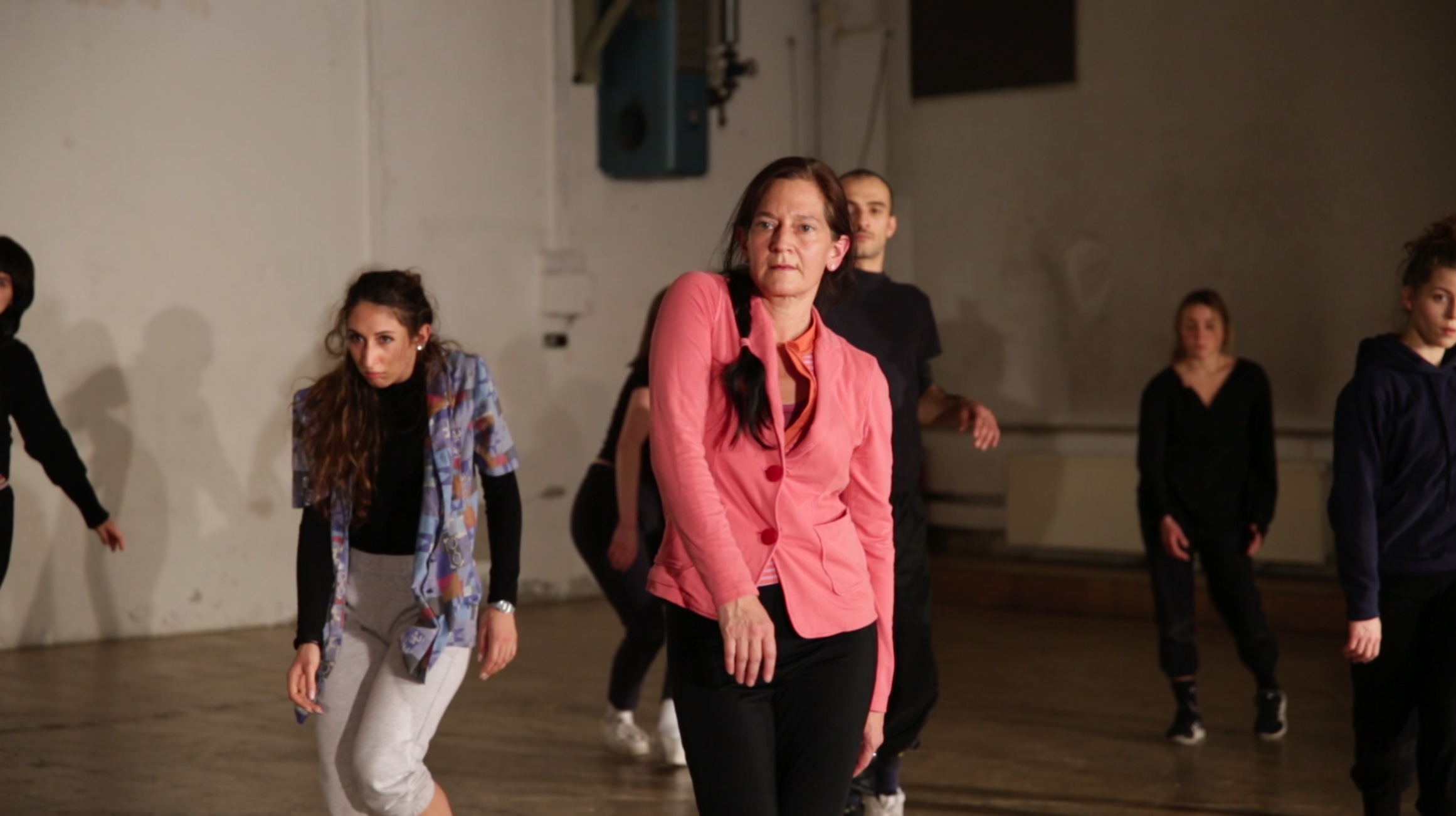
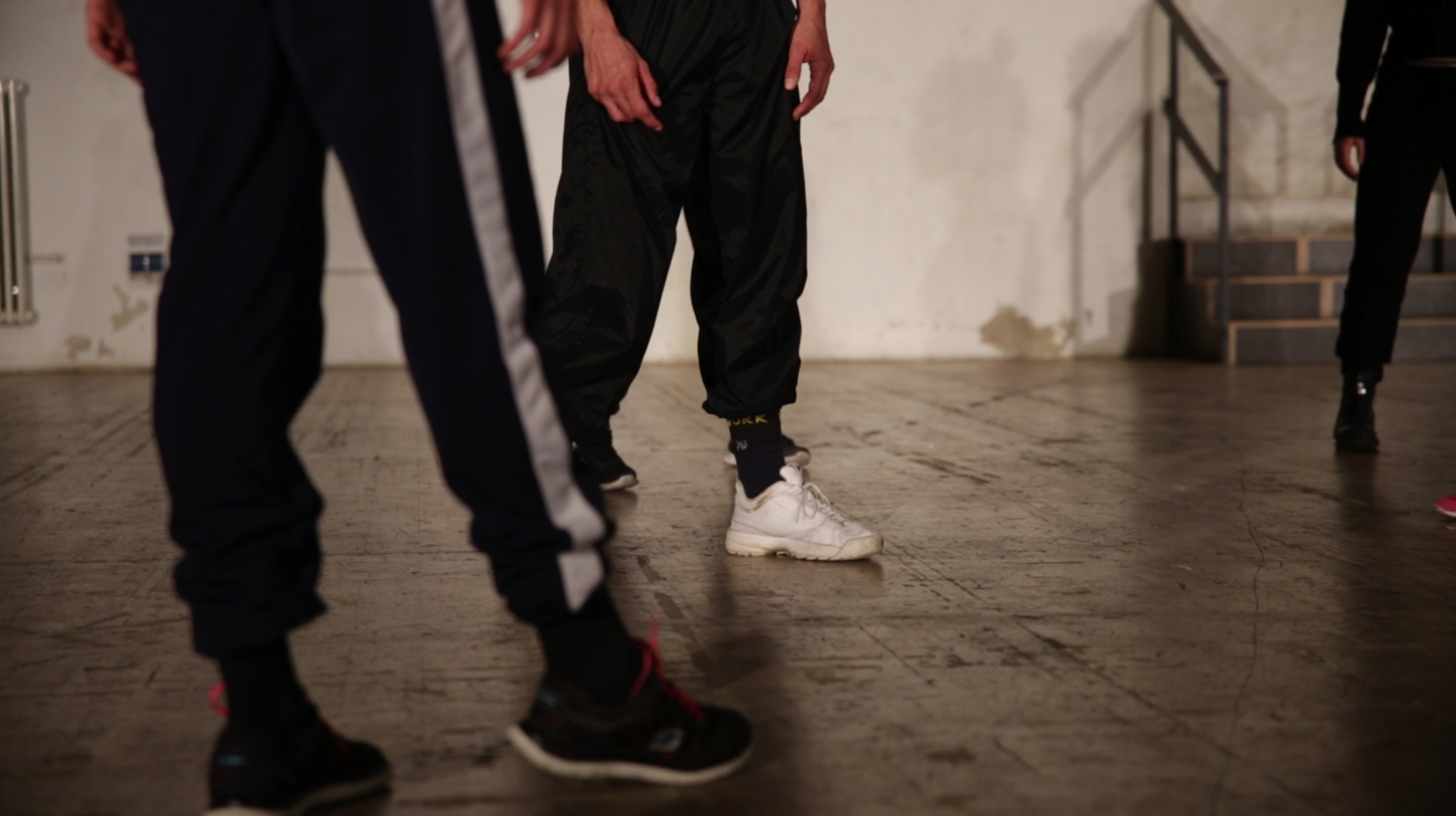
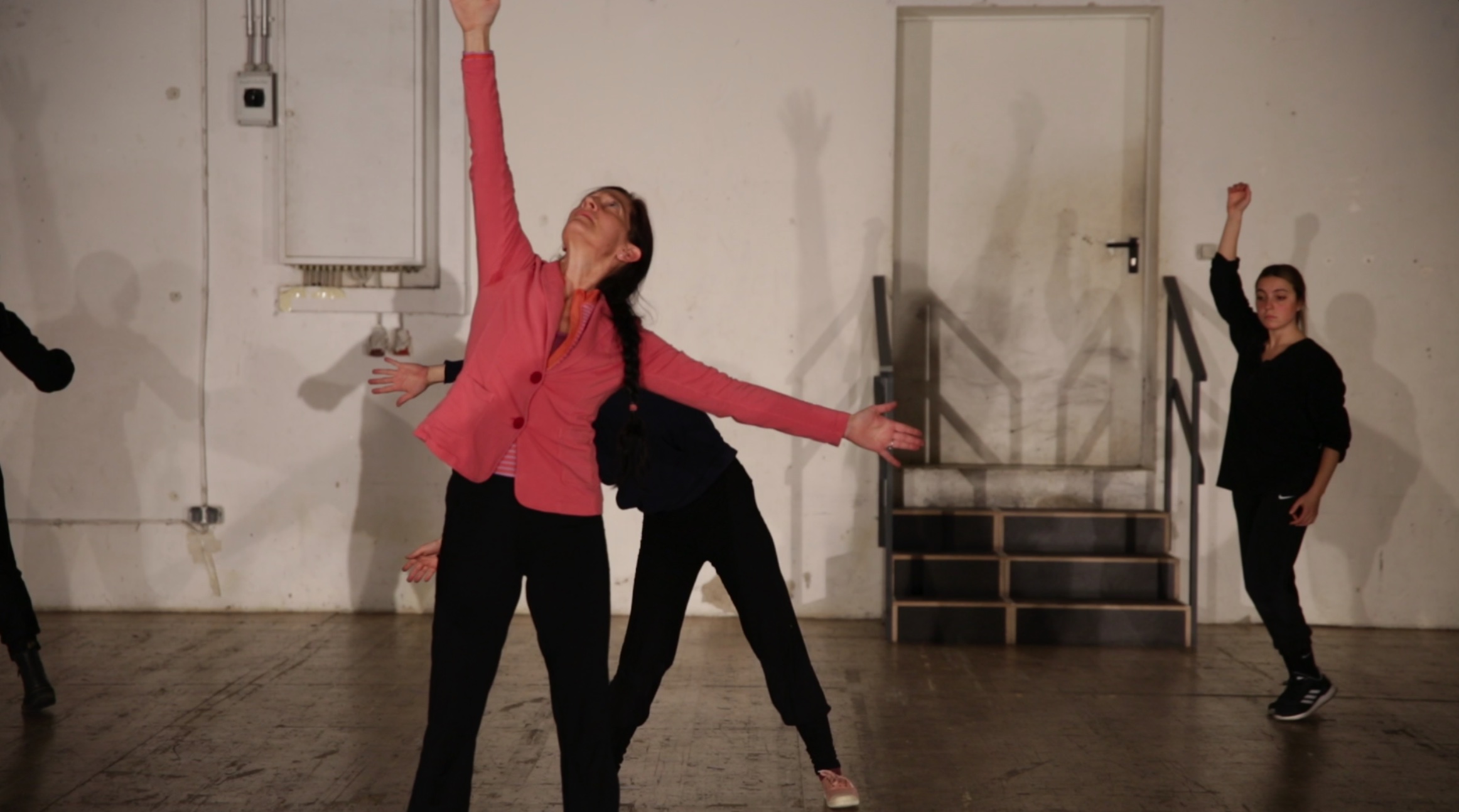
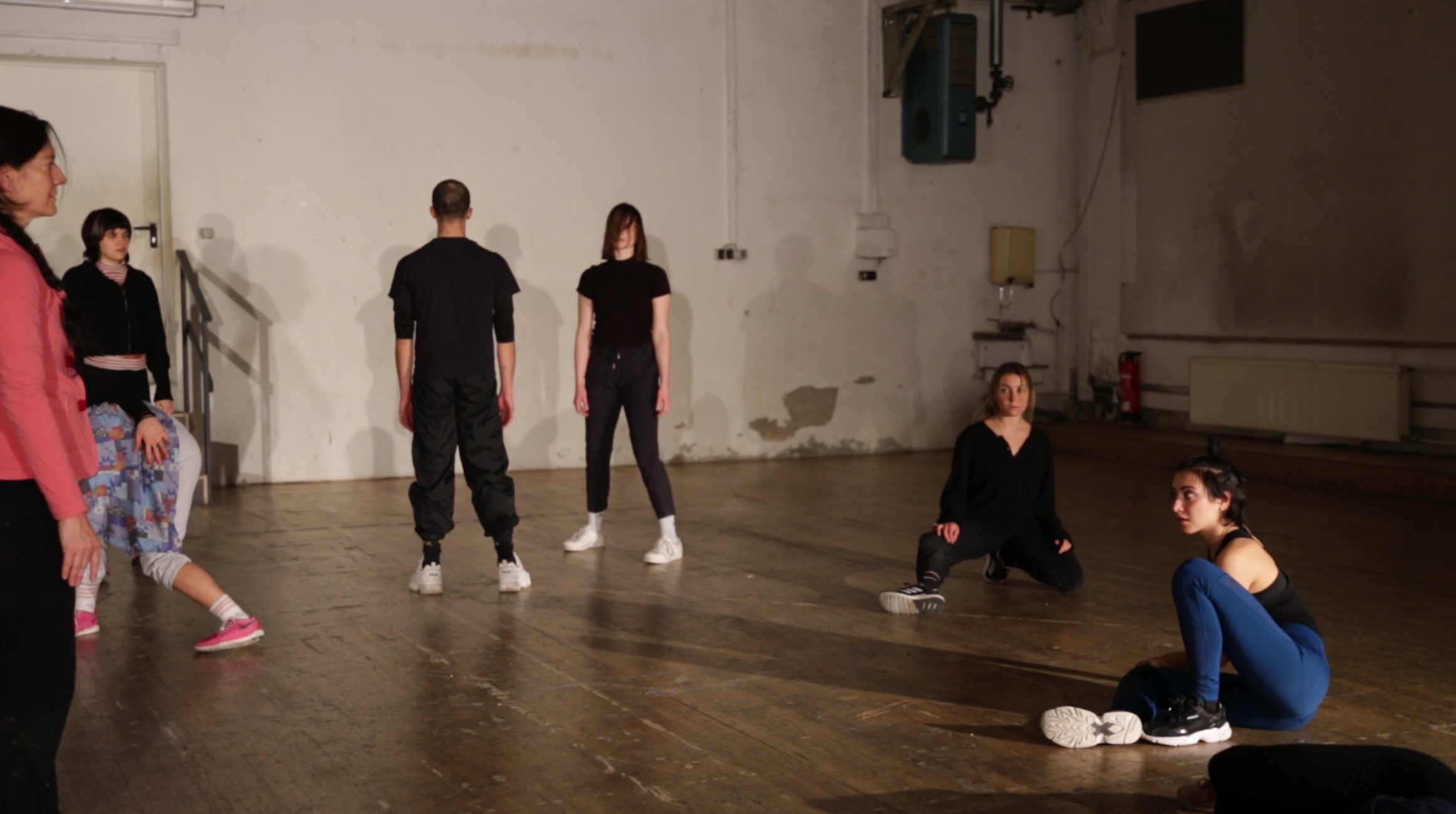
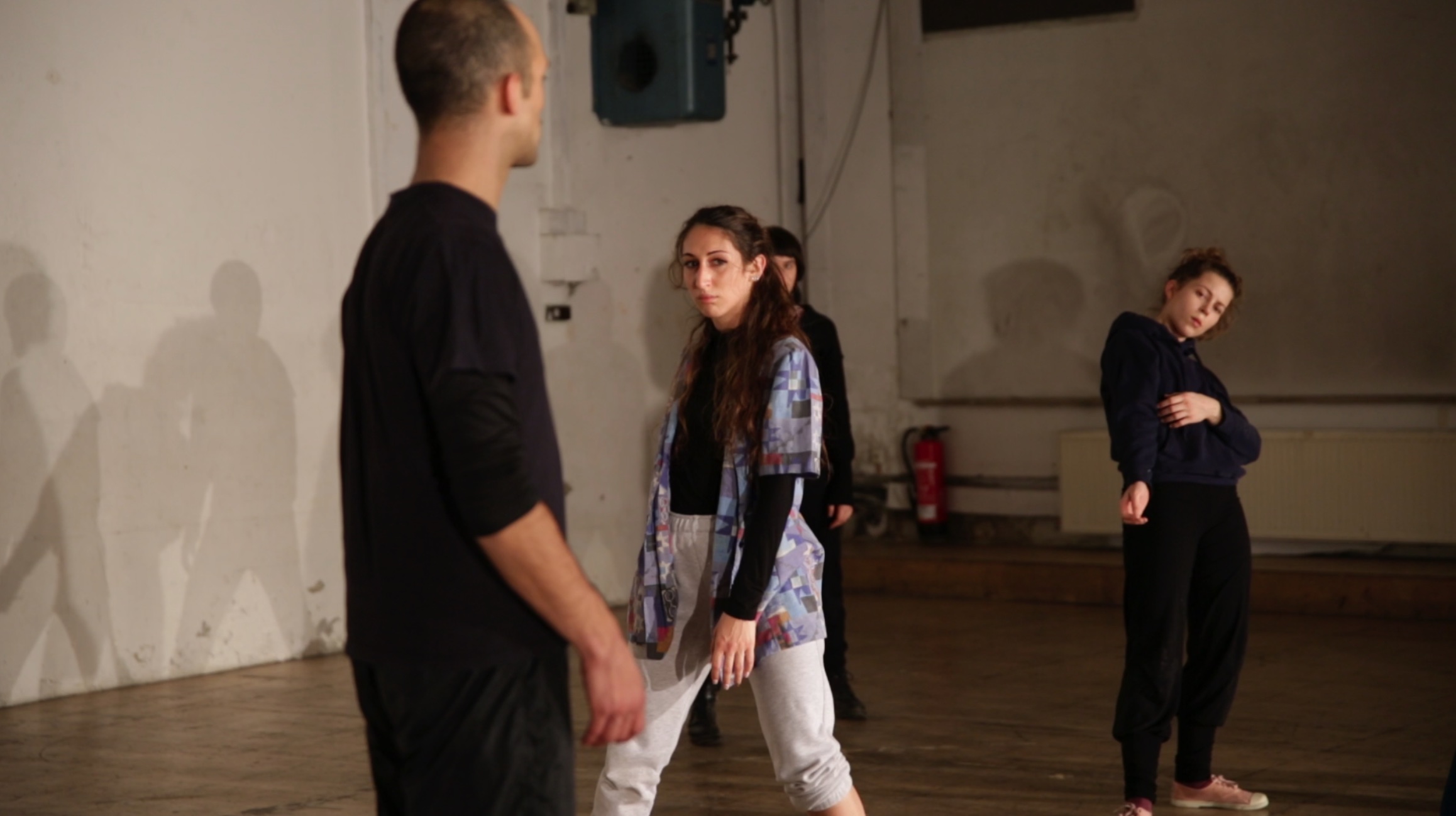

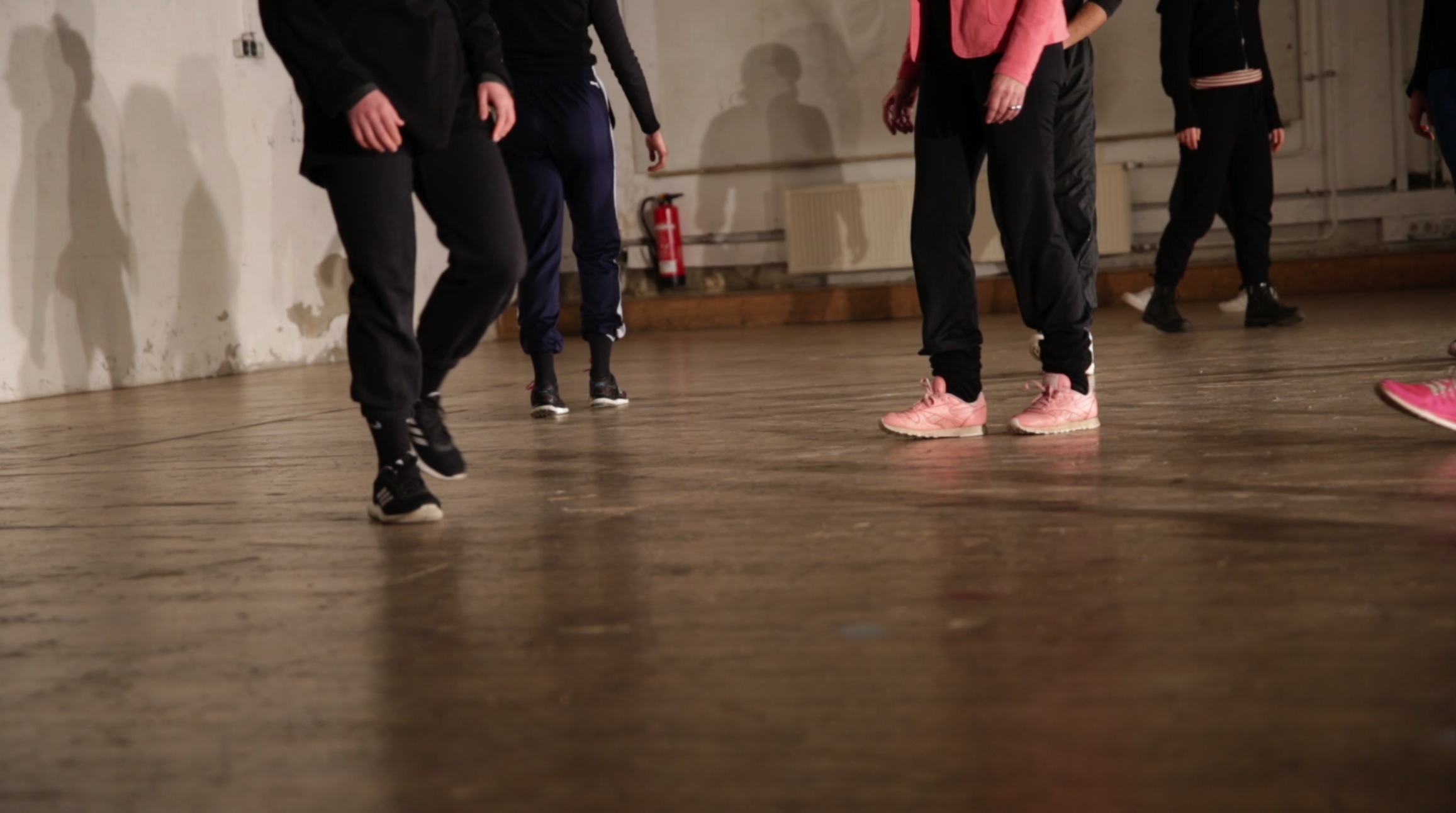

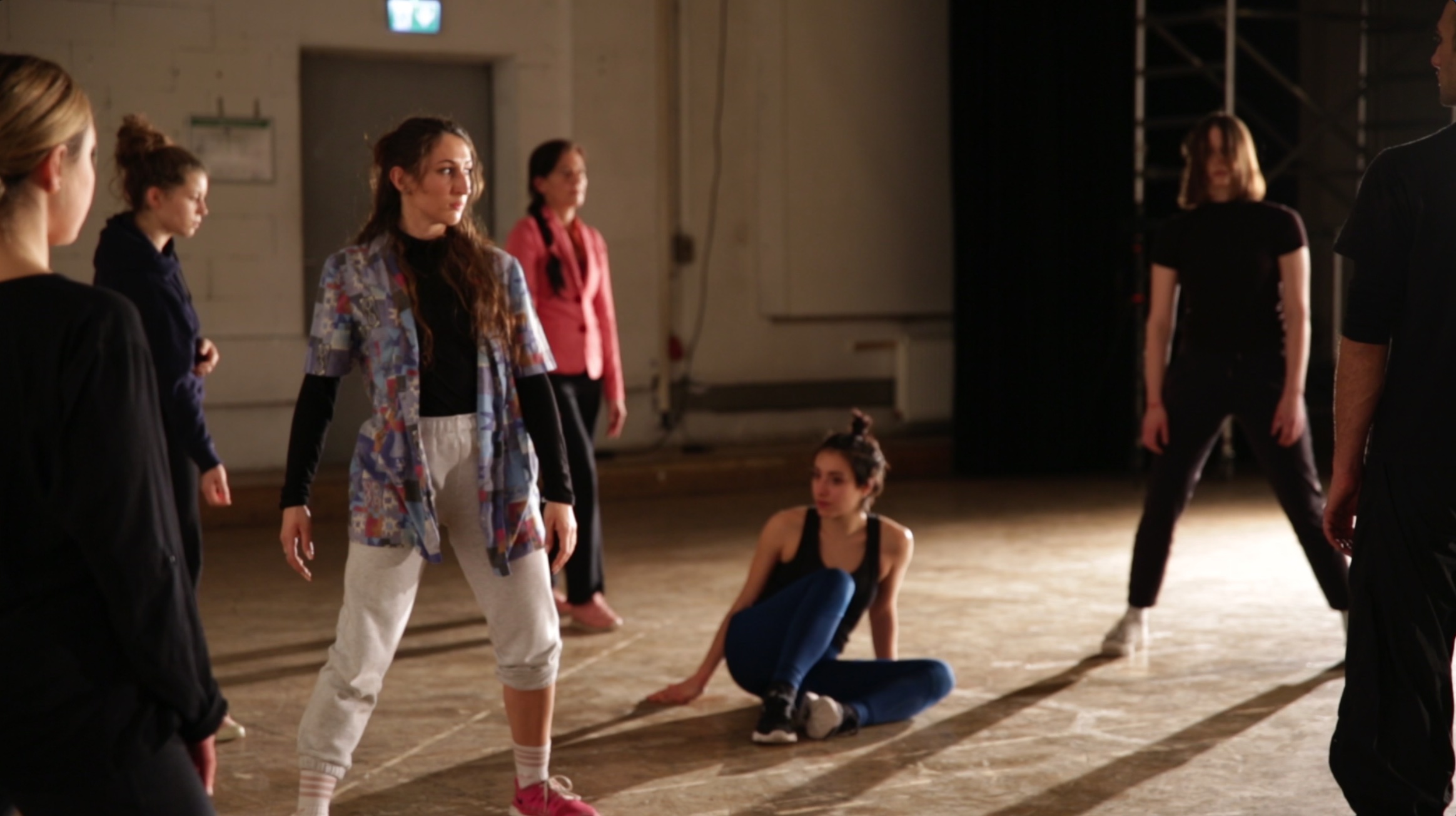
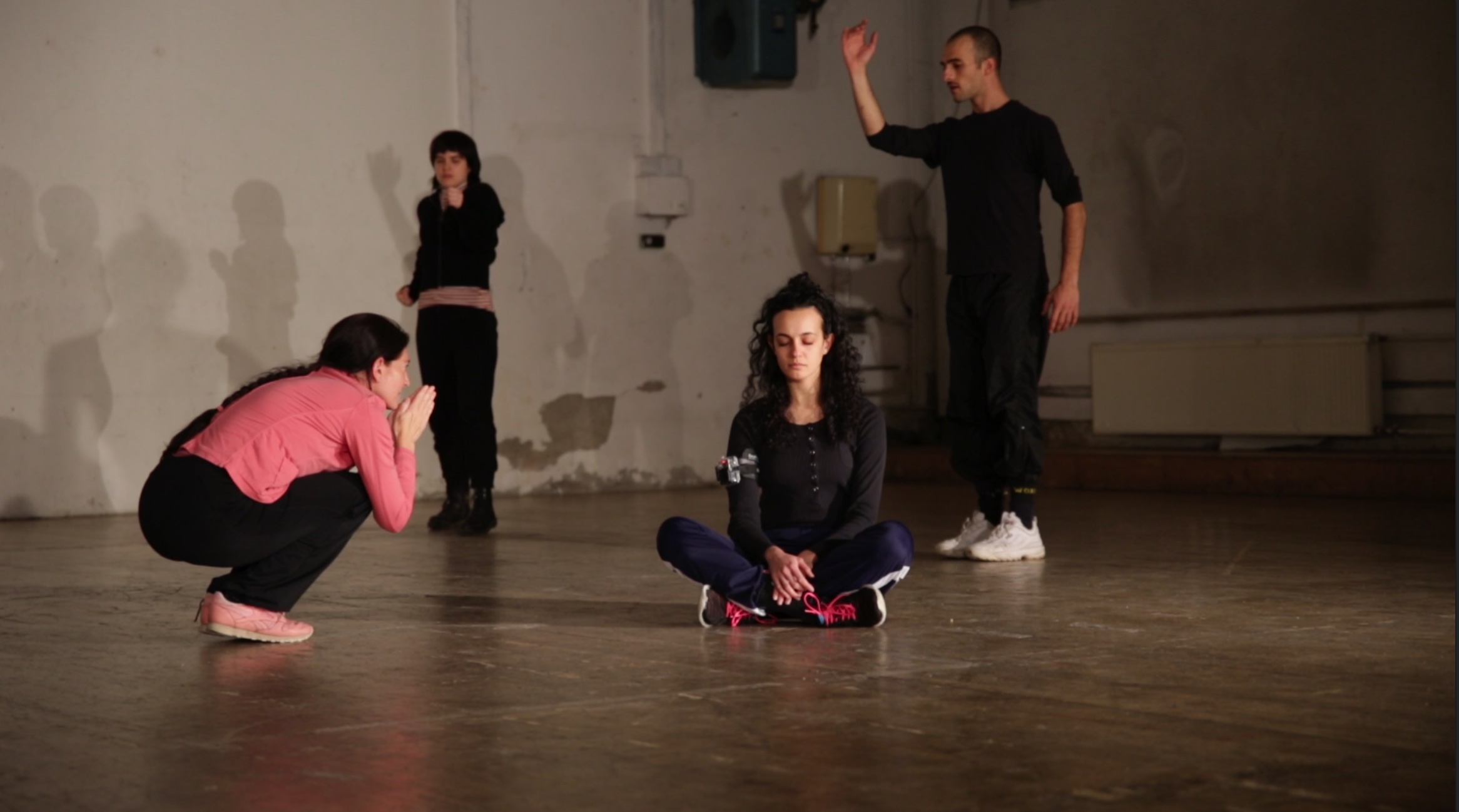

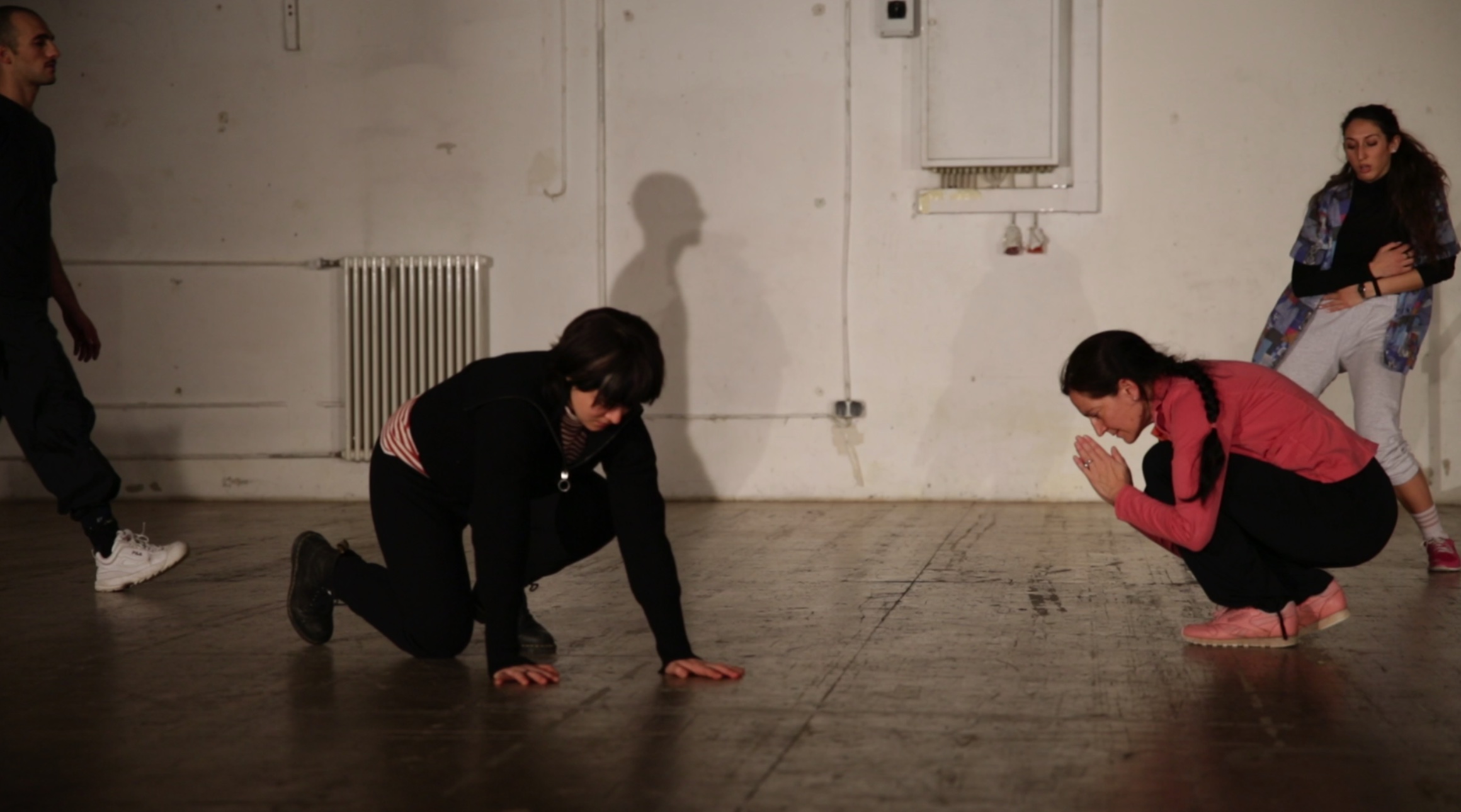
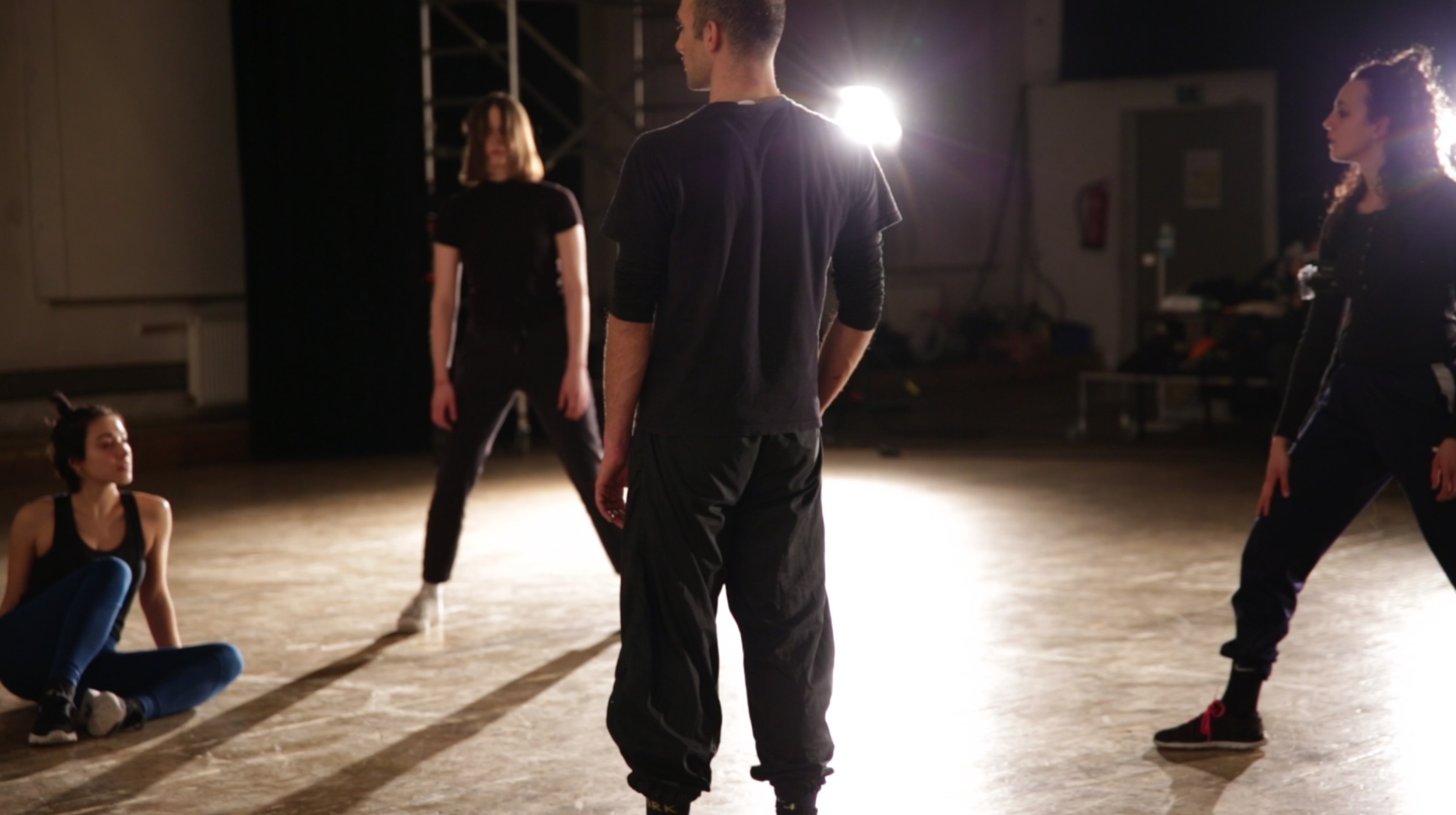
5.
Implying the becoming
Slowly start to disconnect from shared rhythmical actions and start to re-discover other ways on how to relate and connect to a collective body that strives to go beyond imitation or representation. Revisit the map from the beginning, depict changes and physically start sharing them. The end.
Through its various forms of intensity, the medium of rhythm and repetition can help to physically sense and perceive changes within a collective more clearly. But what are other, less imposing forms that urge for an alternative quest for collectivity? The current edition represents a „poetic-appeal“ to work on the dismantling of identitarian, logocentric and eurocentric conceptions of reality towards a more inclusive afterlife - where meaning, signification, and subject-formation starts to be re-discovered, re-questioned and re-purposed.
Slowly start to disconnect from shared rhythmical actions and start to re-discover other ways on how to relate and connect to a collective body that strives to go beyond imitation or representation. Revisit the map from the beginning, depict changes and physically start sharing them. The end.
_
Through its various forms of intensity, the medium of rhythm and repetition can help to physically sense and perceive changes within a collective more clearly. But what are other, less imposing forms that urge for an alternative quest for collectivity? The current edition represents a „poetic-appeal“ to work on the dismantling of identitarian, logocentric and eurocentric conceptions of reality towards a more inclusive afterlife - where meaning, signification, and subject-formation starts to be re-discovered, re-questioned and re-purposed.
© photo by Raphaela Baumgartner and Schwere Reiter Theater
© interview/video by Marlene Gotschlich (marlenegotschlich.com)